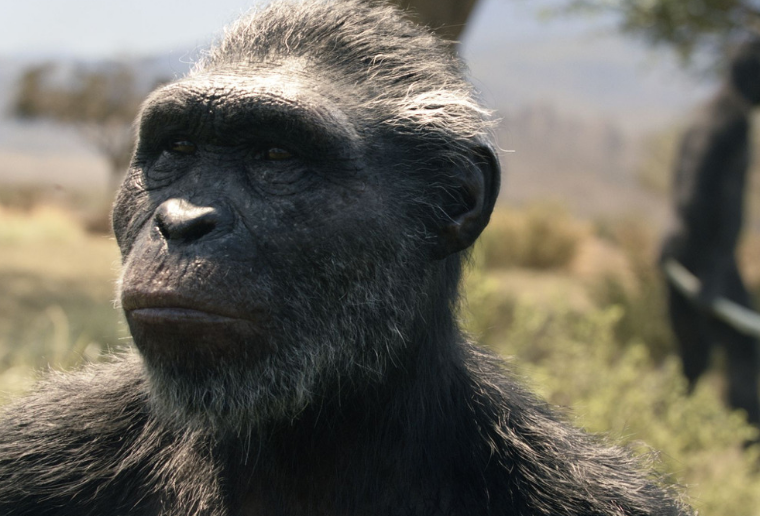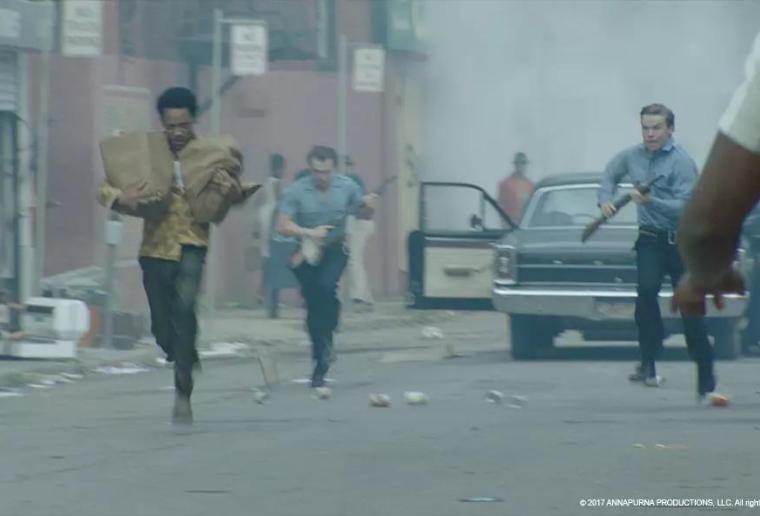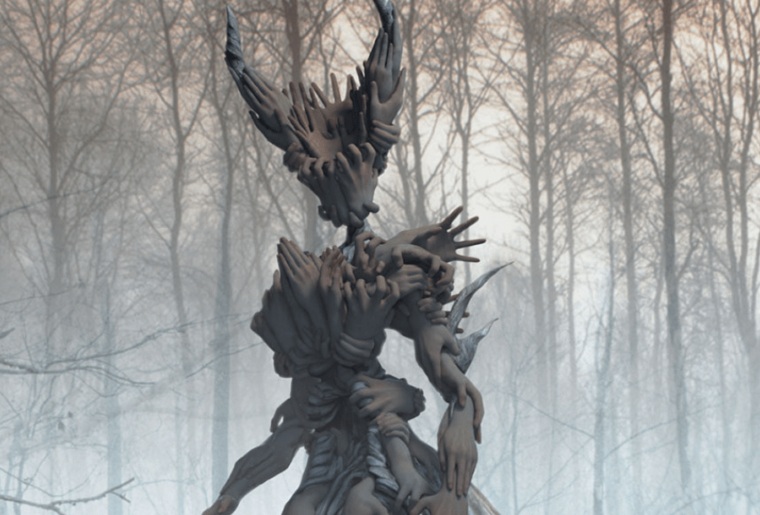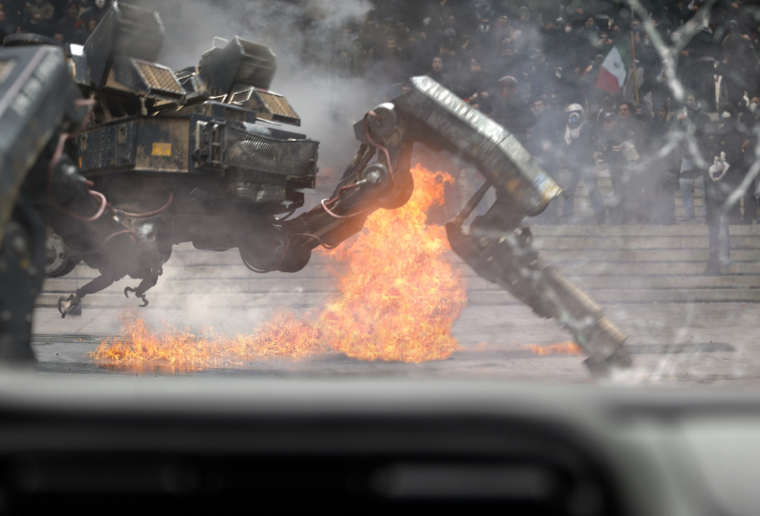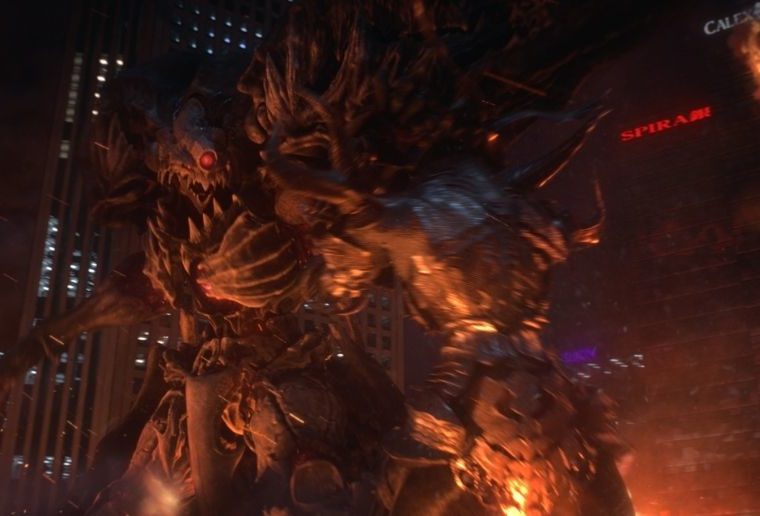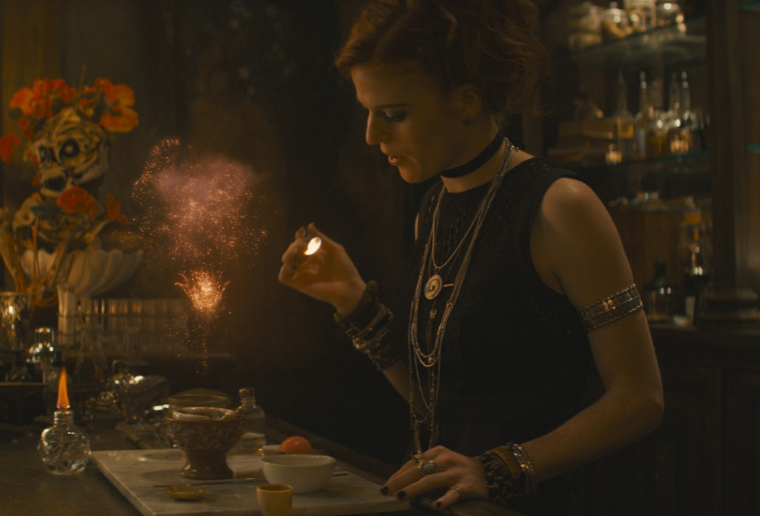Out of the Cradle Case Study
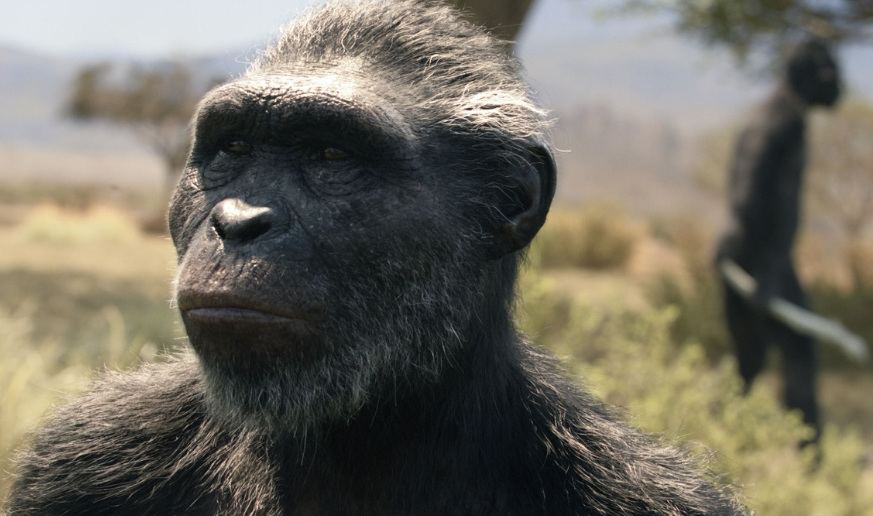
Image Engine is often asked to cast its creative eye forwards in time; to imagined worlds where alien refugees have settled on Earth, or tight-knit families find themselves lost in the outer reaches of the cosmos. Out of the Cradle posed another challenge. It required Image Engine’s creative team to launch millions of years backwards in time, to the very birth of humankind as we know it.
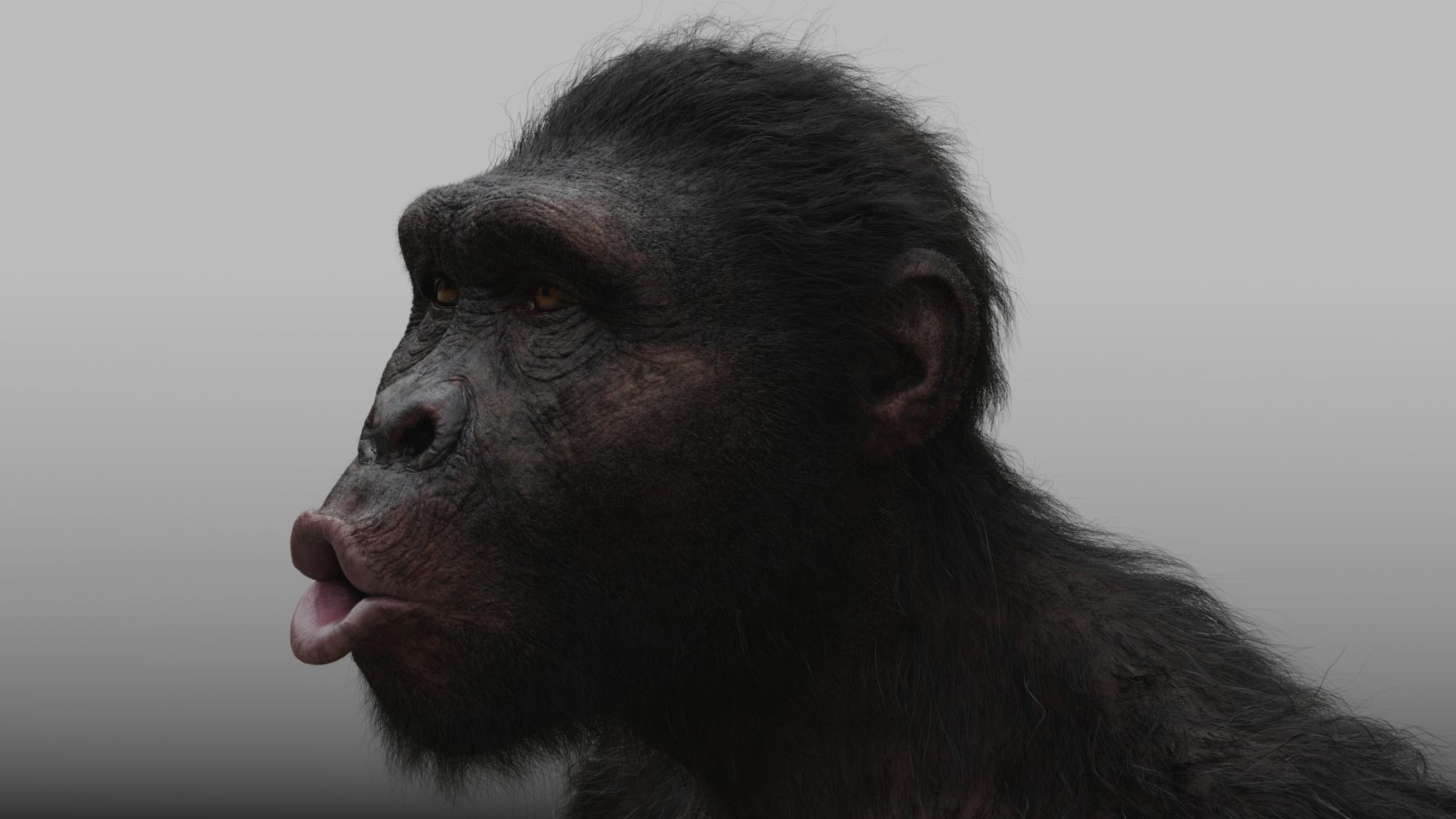
Out of the Cradle is a Japanese documentary that explores the science of evolution up close and personal. Image Engine needed to create a CG translation of our human predecessors for the opening episode; revealing the story of a group of early homosapiens hunter-gatherers as they explore an arid patch of African wilderness some three million years ago. The documentary traces the evolution of this early man as they move from quadrupedalism to walking upright, become carnivores, and discover the construction of stone tools.
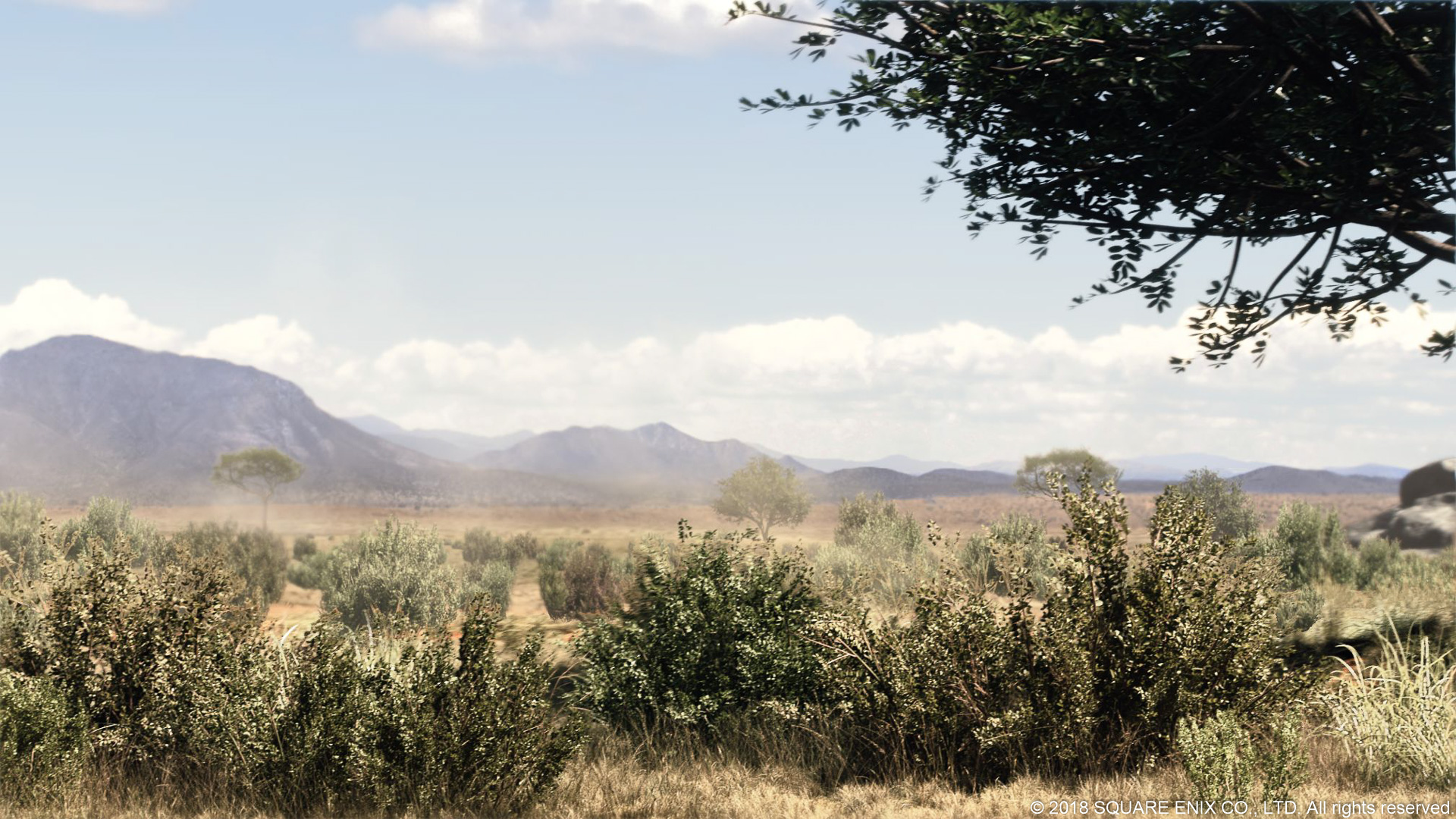
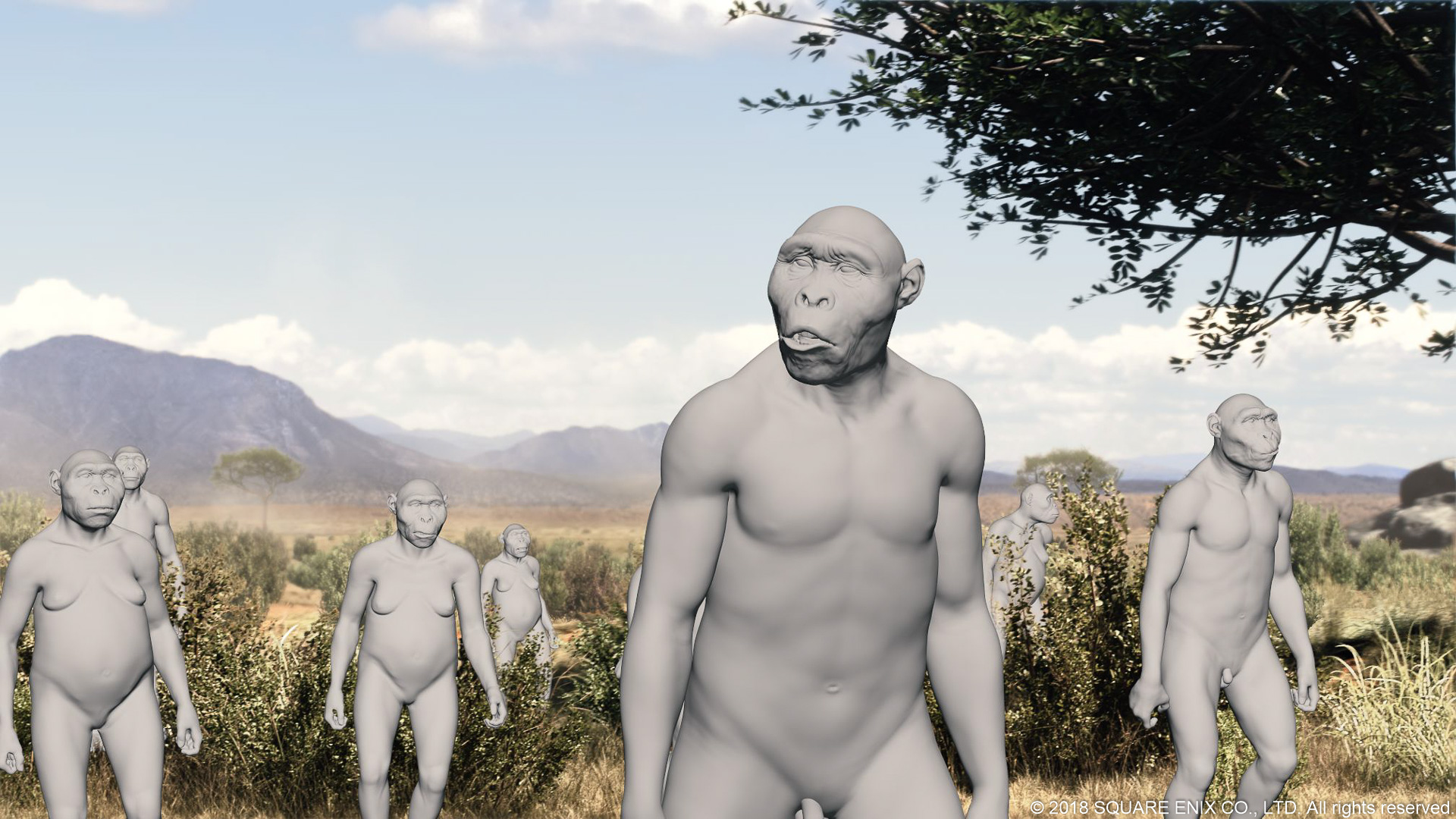
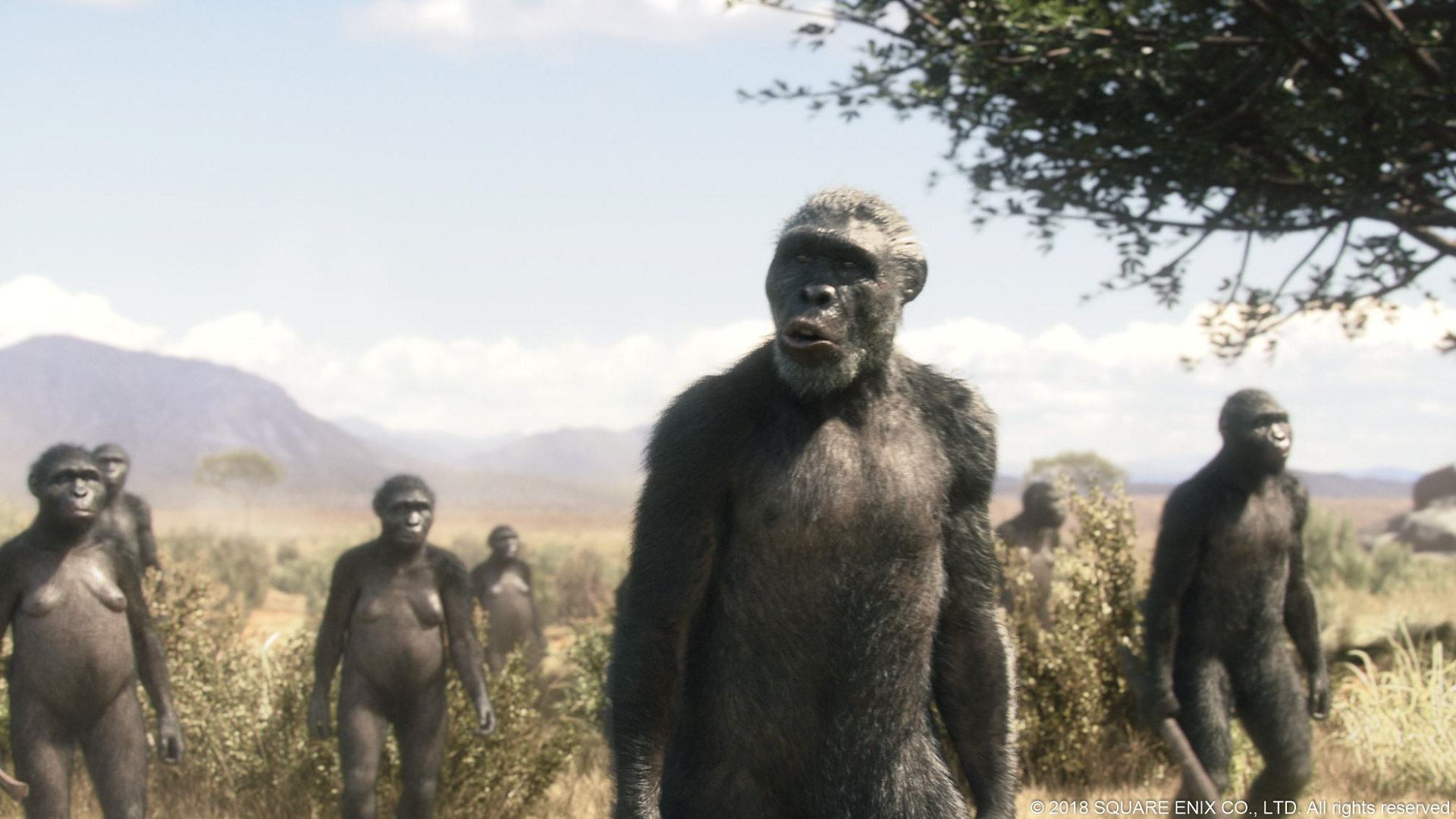
Square Enix is behind the series; a production company more familiarly praised for the creation of triple-A gaming experiences such as Kingdom Hearts and multimedia franchise Final Fantasy. Indeed, it was Image Engine’s work on Kingsglaive: Final Fantasy XV that cemented the relationship between the two companies. Image Engine created a huge variety of fully CG sequences for the feature-length animation, ranging from a full digital city to the destruction of said city by giant battling knights. Square Enix knew it wanted to work with the team again.
“They were excited to work on another project with us,” says Lilian Bravo, Producer on Out of the Cradle. “This was a very different project; focused on historical accuracy rather than fantasy. But the principles of the work remained the same: make it believable, beautiful, and immersive.”
Founded in accuracy
Image Engine’s contribution to Out of the Cradle focuses on the first episode of the series. The team delivered a variety of work across two sequences, both entirely in CG. “Each sequence consists of 40 shots, and they’re two-and-a-half to three minutes each,” explains Bravo.
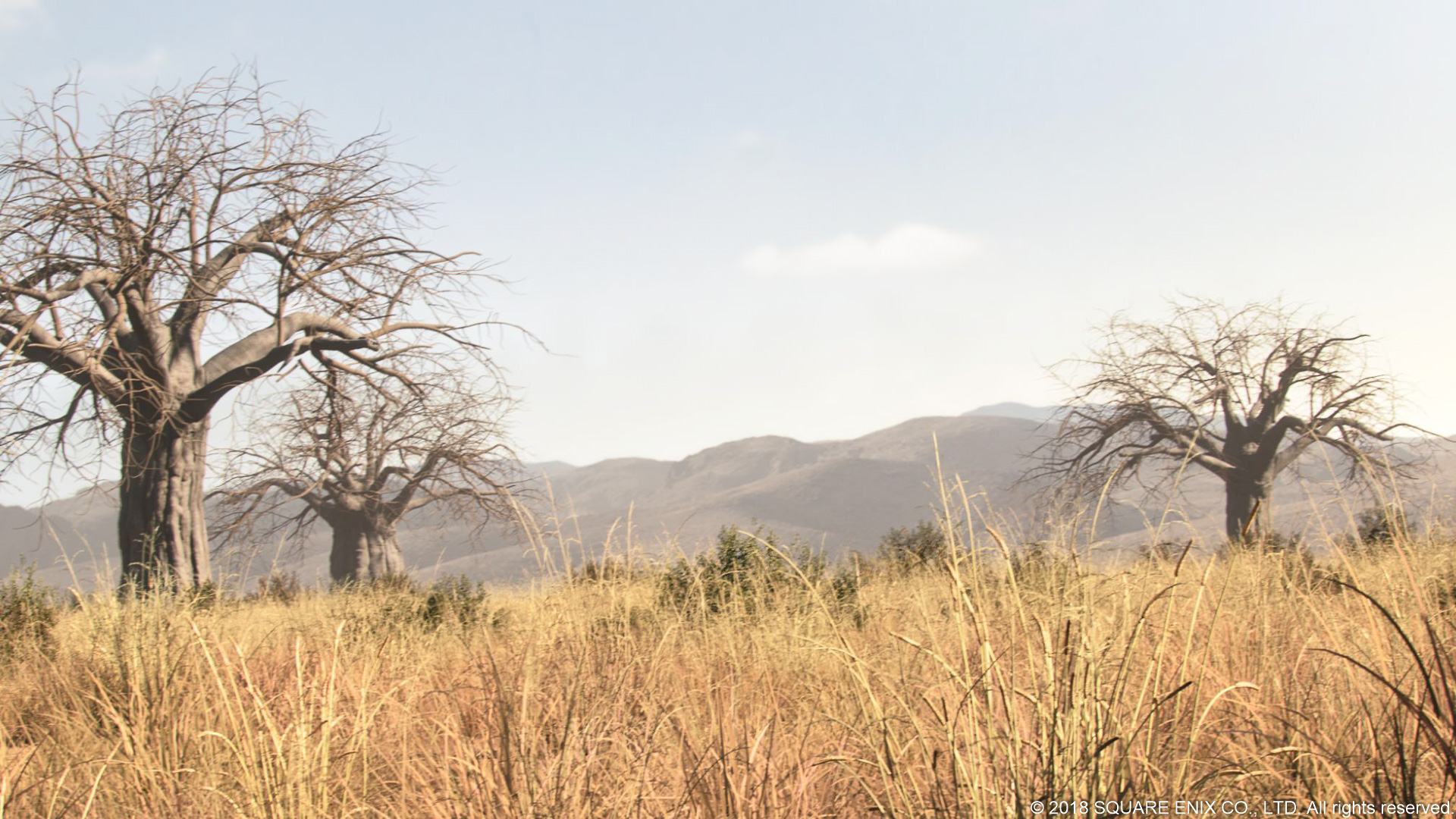
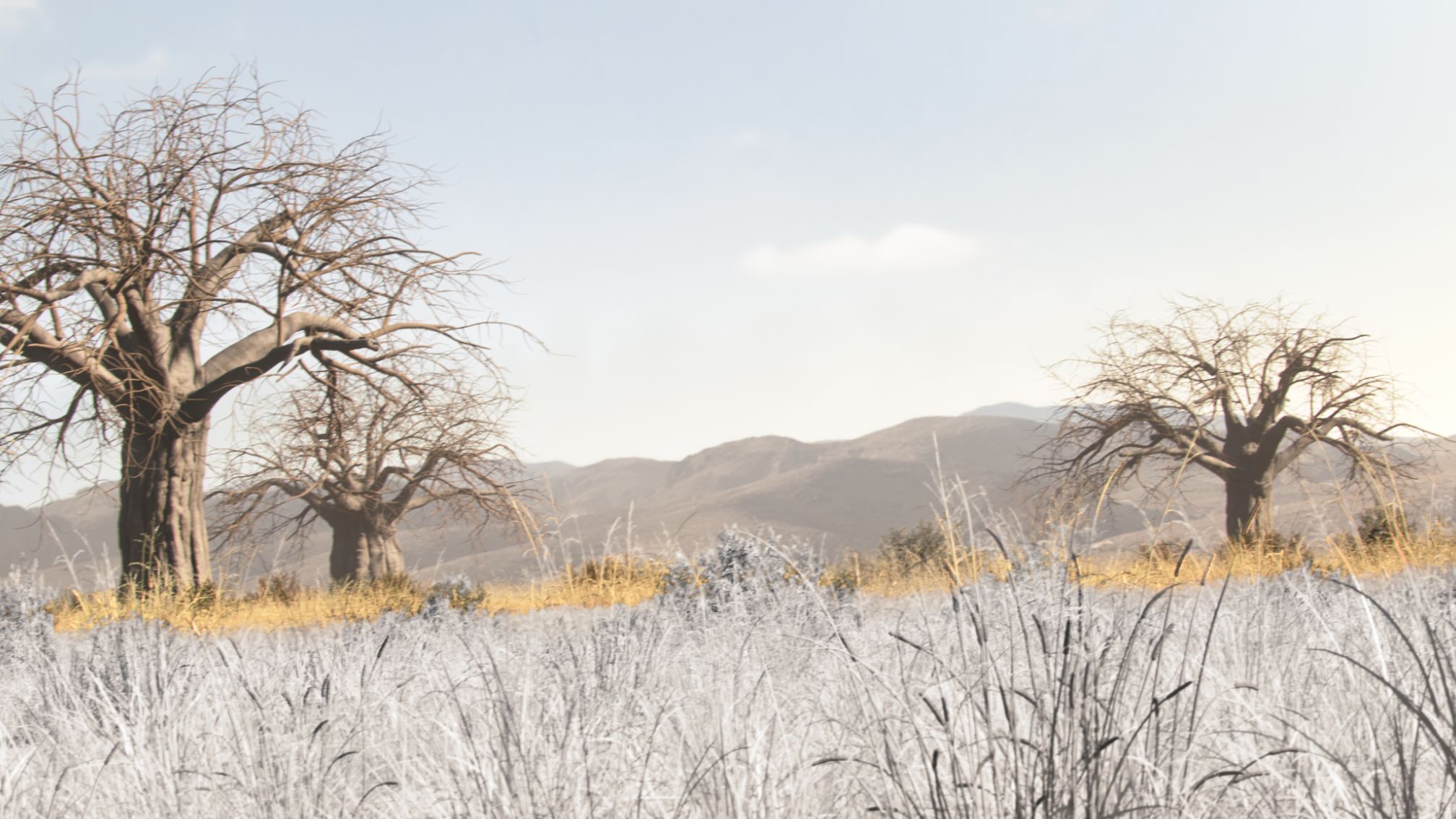
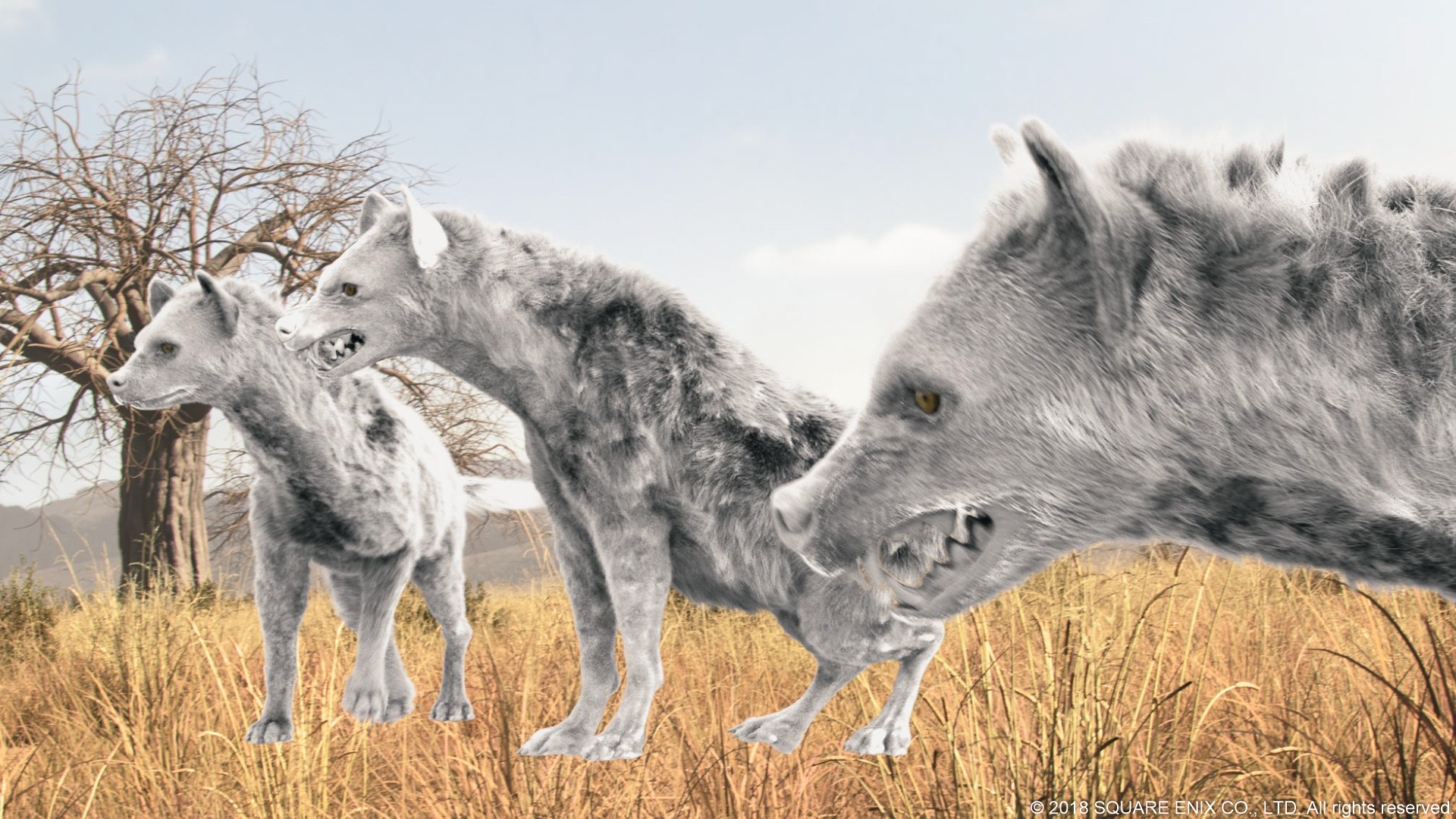
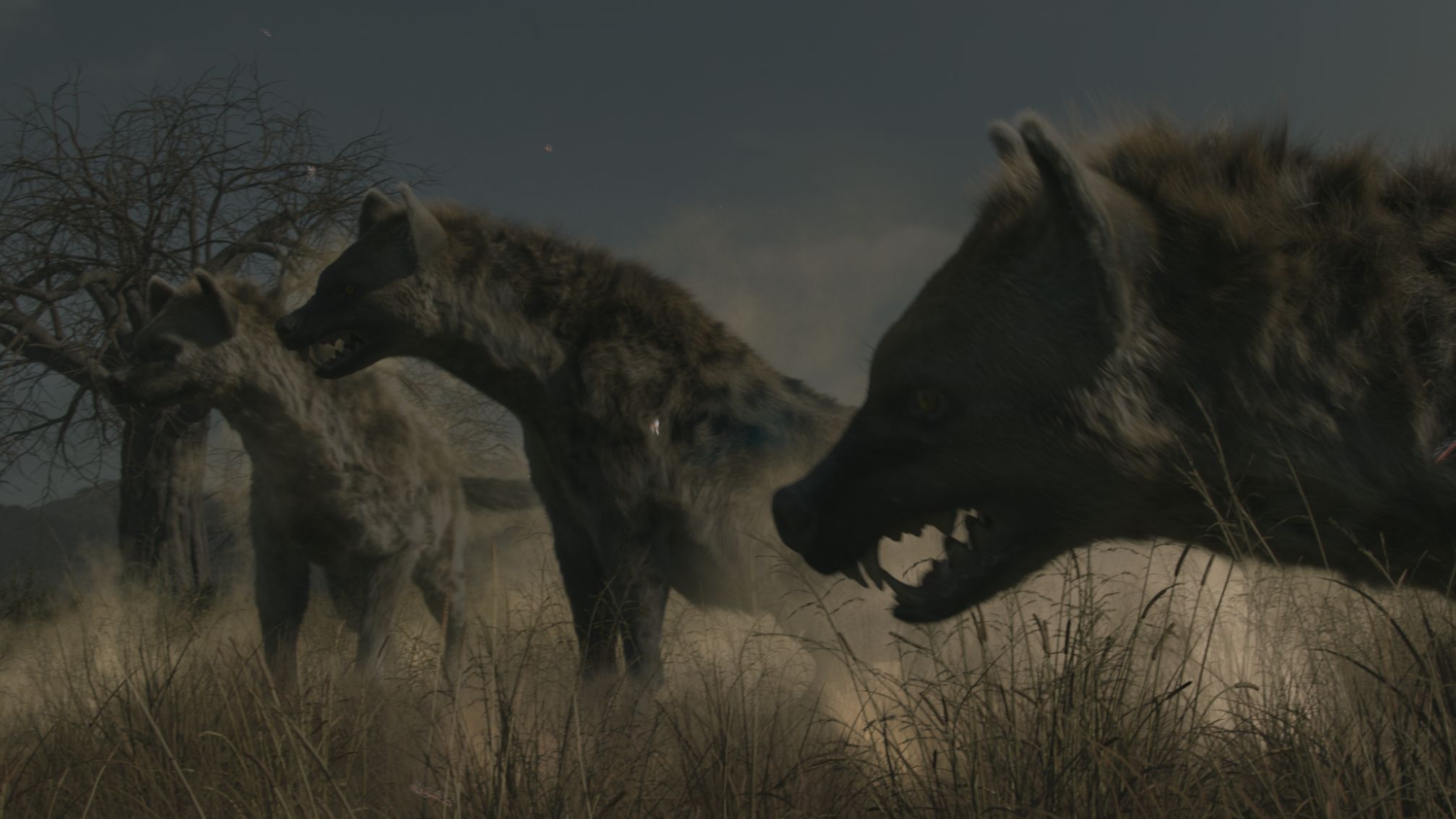
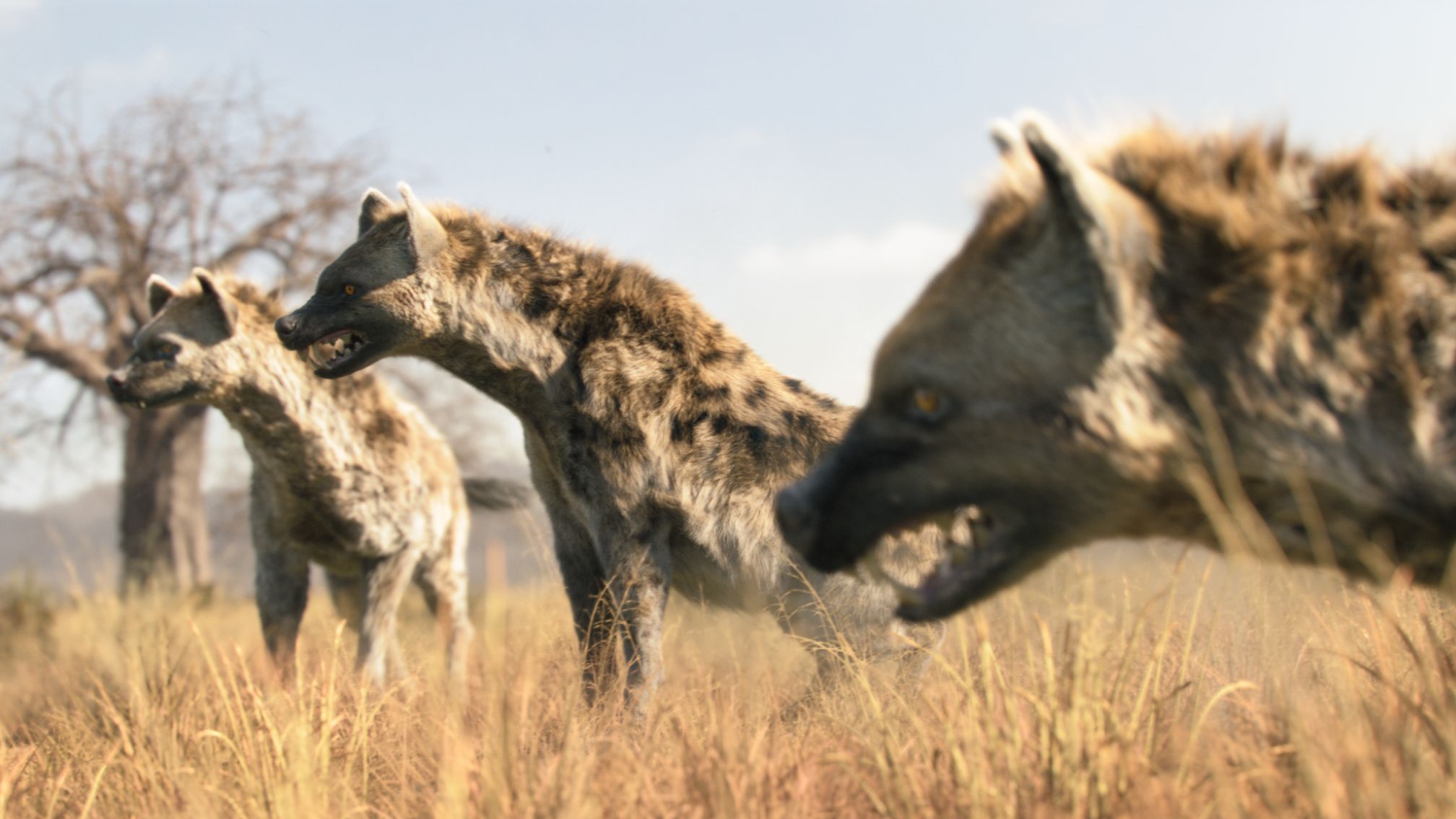
Historical accuracy was a must. All work produced needed to align to the science of the period, rather than rely on fiction or imagination. “Square Enix carried out extensive research, and scientists ensured the narrative traced through evolution was completely accurate,” says VFX Supervisor Yuta Shimizu. “The production was able to tell us what species of animals and plants were alive at the time, and beyond that, how they looked and behaved. We could then replicate that in our work.”
Square Enix supported the creative team in this endeavour by supplying preparatory work, including previsualization work, concepts, and base models. “This was a great starting point,” says Animation Supervisor Jeremy Mesana. “It was important that the work produced was scientifically accurate. We didn’t deviate too far from the original designs with this in mind.”
Into the cradle
One of the project’s core deliverables was the environment in which early humankind commences its evolution. Image Engine created two patches of CG wilderness for each sequence: African bundus with sparse trees surrounded by majestic digimatte mountains.
“We received a full previz from the client, which enabled us to map where certain characters would appear,” recalls Shimizu. “We decided to keep the environments as small as possible to ensure work was manageable, but also worked to make them as realistic as possible. We used digital matte paintings for the horizon and details further from the camera. Up close we used our asset bank to populate the landscape.”
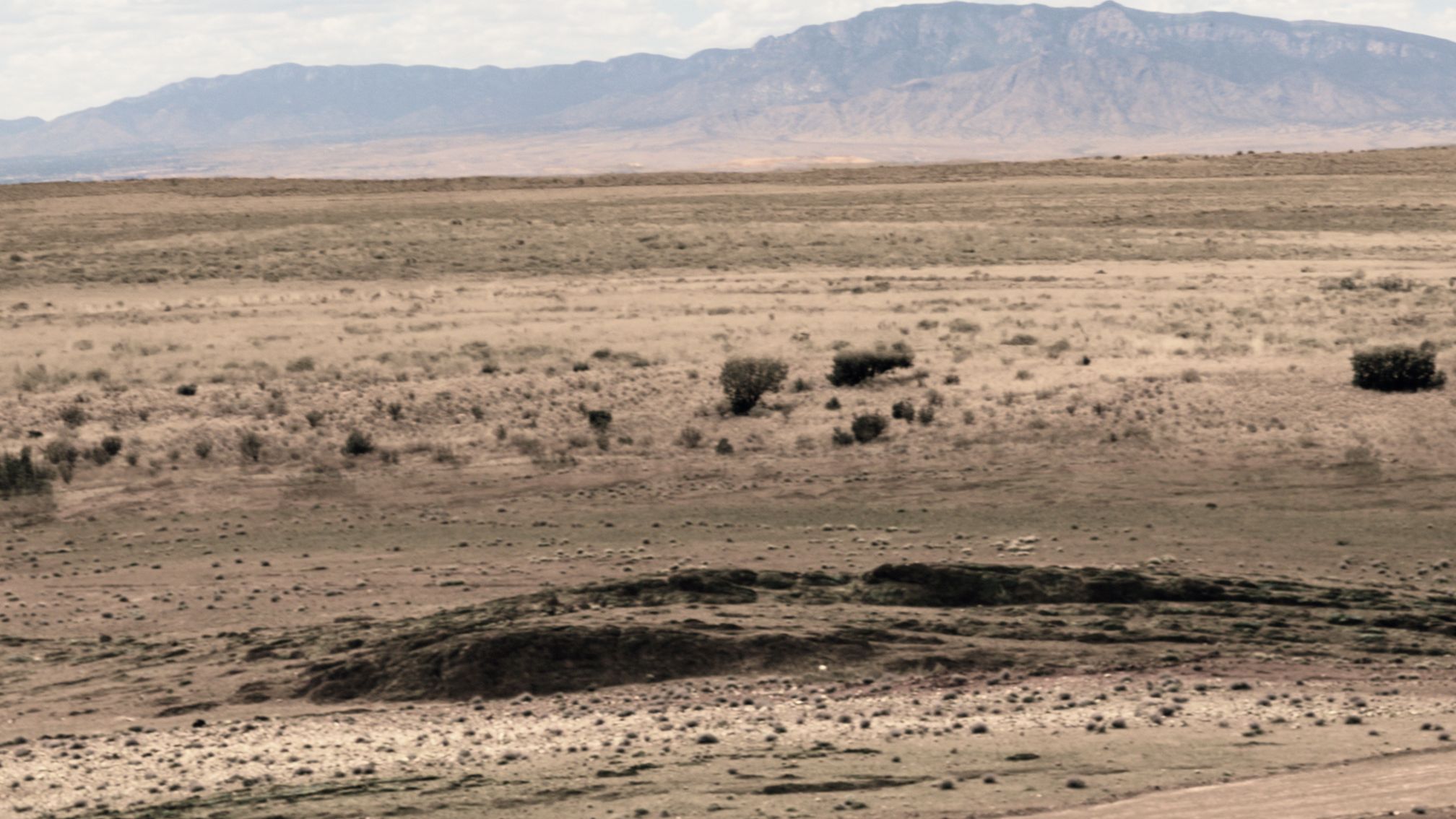

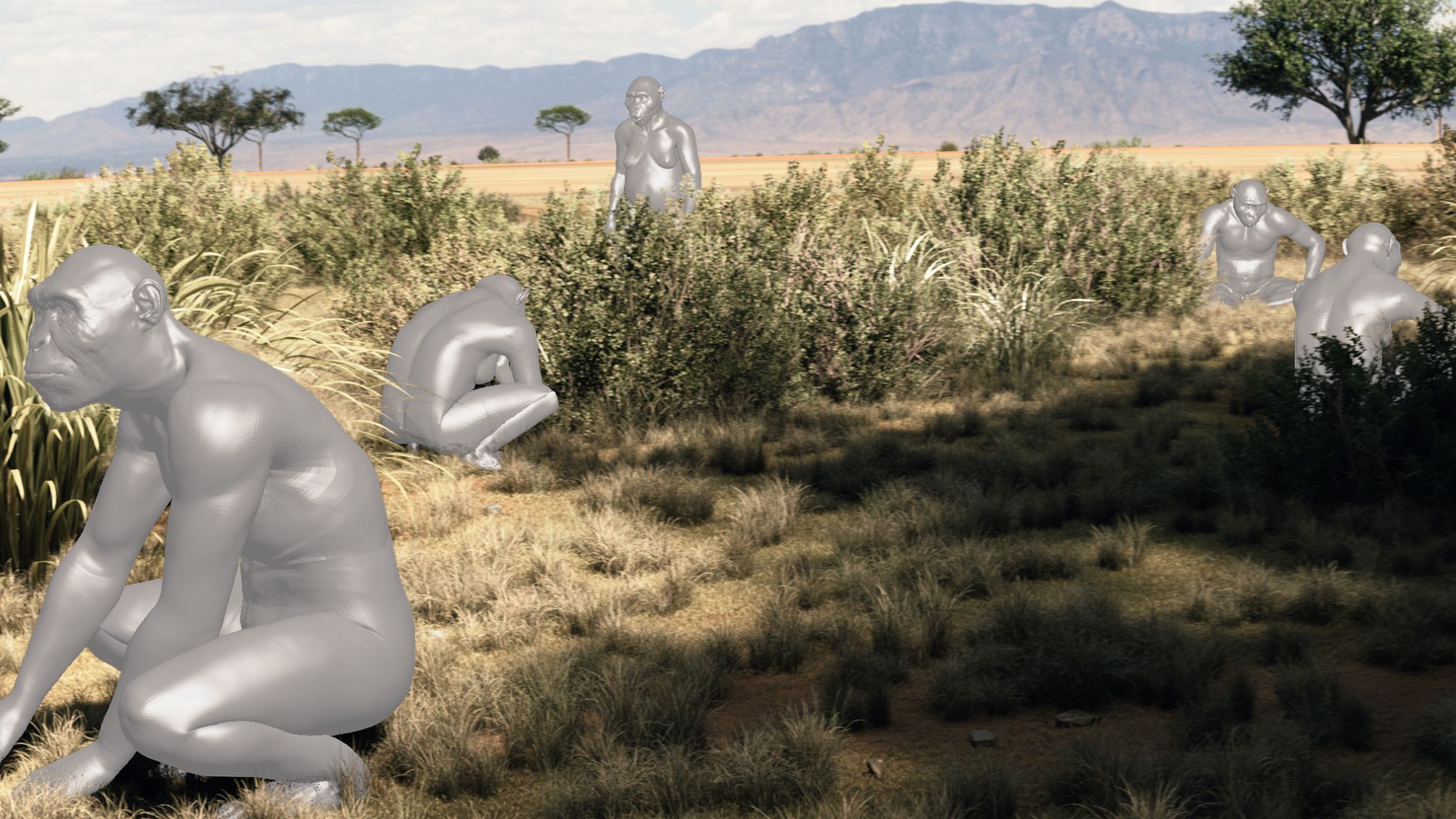
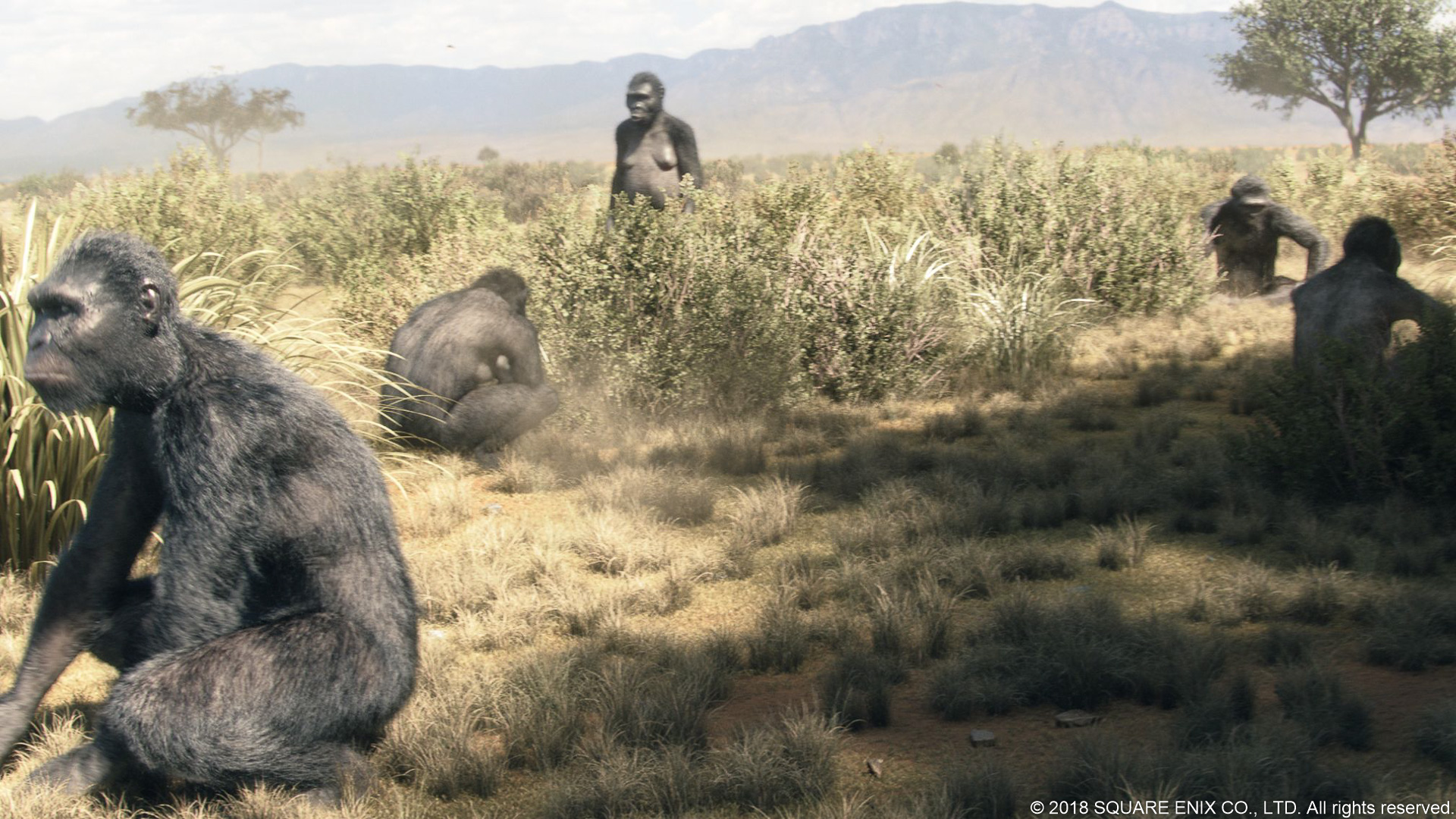
To keep the environments from feeling static, the environments team added layers of detail. These included shifting dusts and flies that darted within the space.
“To create an environment is one thing. To make it feel alive is the real challenge,” says Daniel Elophe, Compositing Supervisor. “To add movement and an atmosphere of nature, the compositors would add details rolling off into the distance. These included dirt from the ground and other particles, which would interact with the light. Whenever we were near the characters themselves we would render and insert NUKE particle files. These added an organic, truthful feel to the environment.”
Animating ancestors
Image Engine faced its greatest challenge within this CG-conjured recreation of pre-historic savannah: the animation of the Australopithecus africanus characters and the predators that stalk them.
“It was an interesting challenge, as we’re working with characters that aren’t quite human – across massive stretches of time,” says Bravo. “For instance, in the first sequence, a tiger attacks the apes. That’s a very dynamic and action-packed sequence, with the tiger and its prey rolling and wrestling in clouds of dirt. The tribe of apes show little emotion and stay well back as their limp and lifeless comrade is devoured; a scene that highlights their acceptance at the bottom of the food chain.
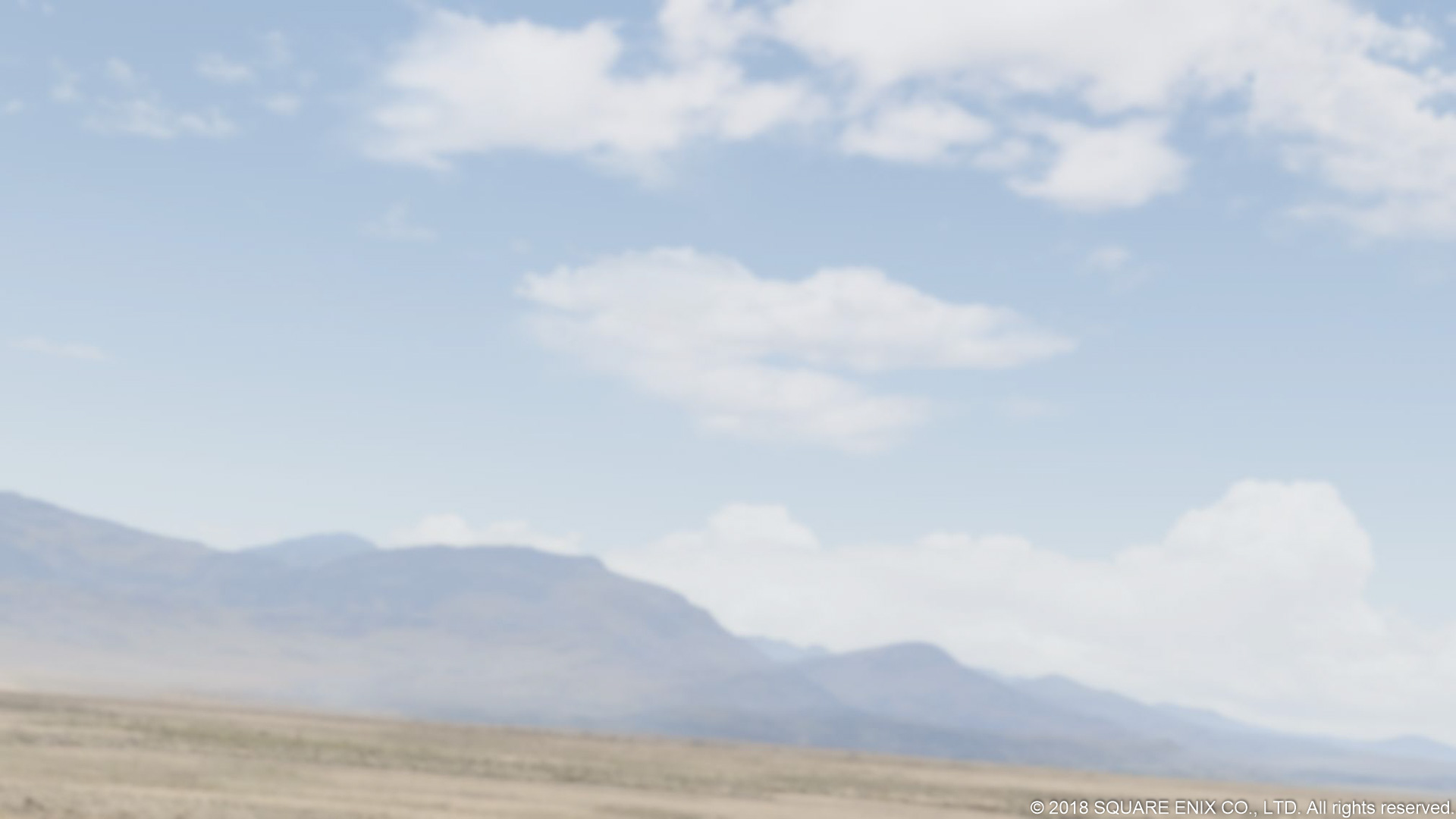
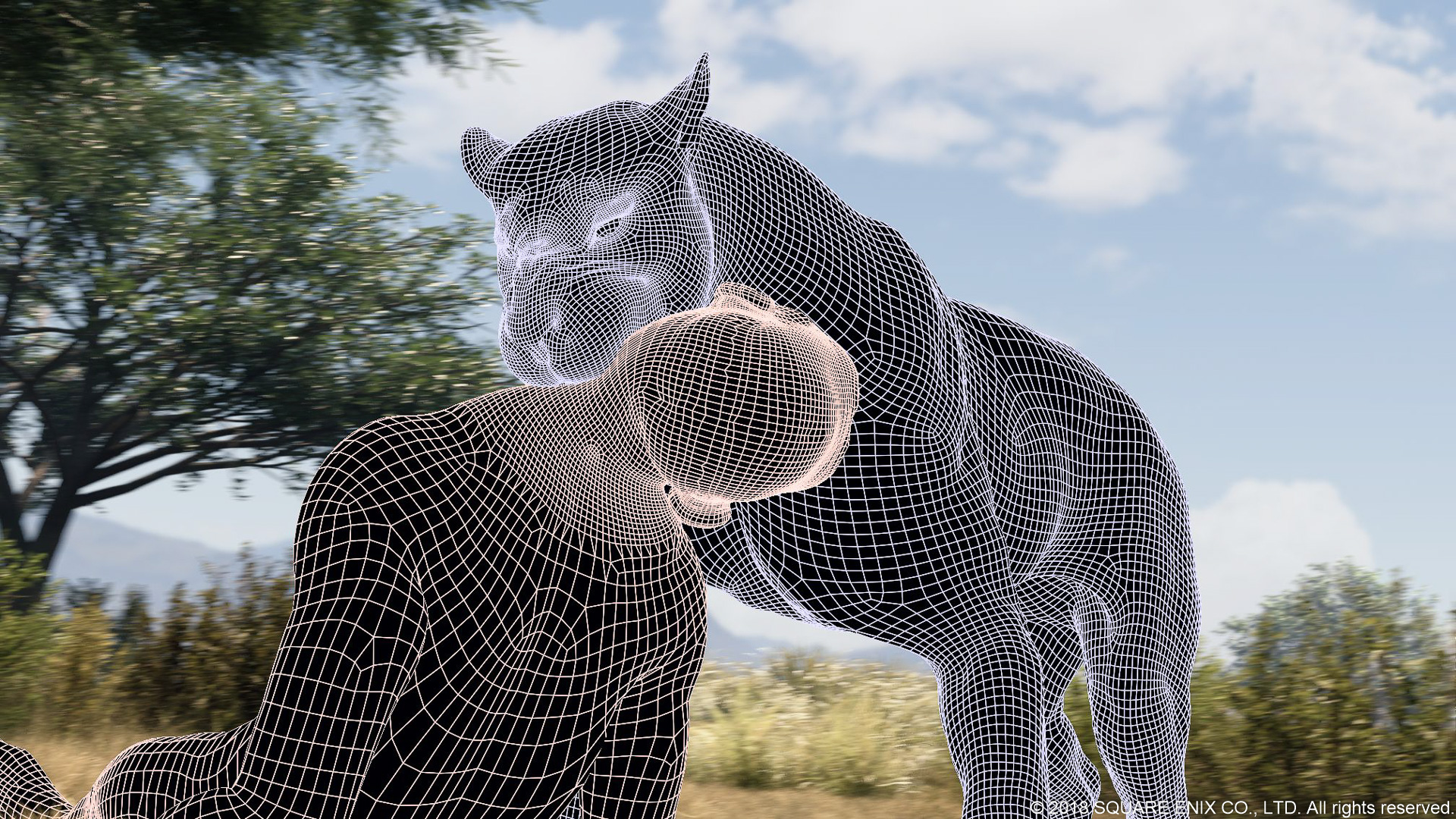
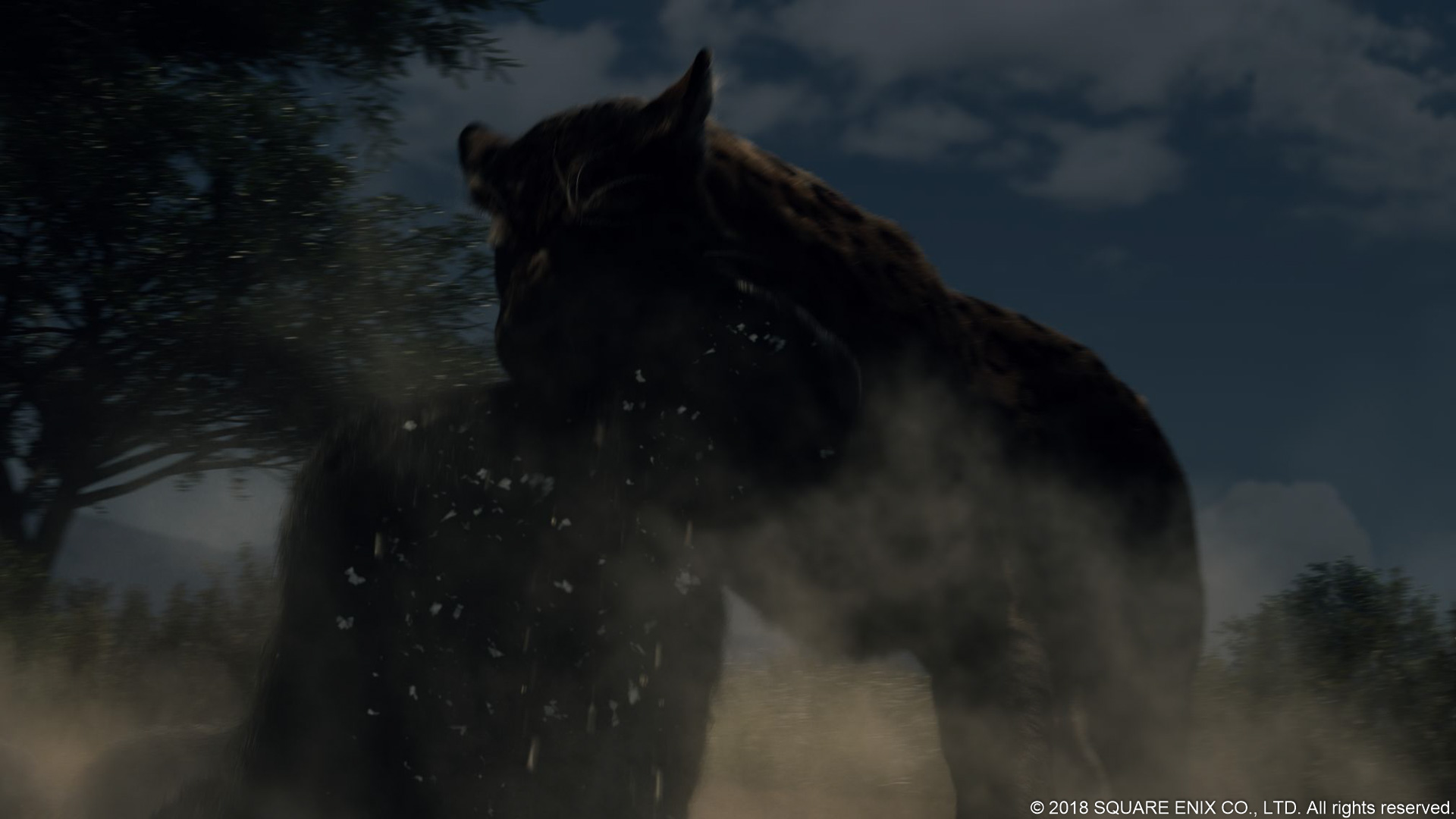
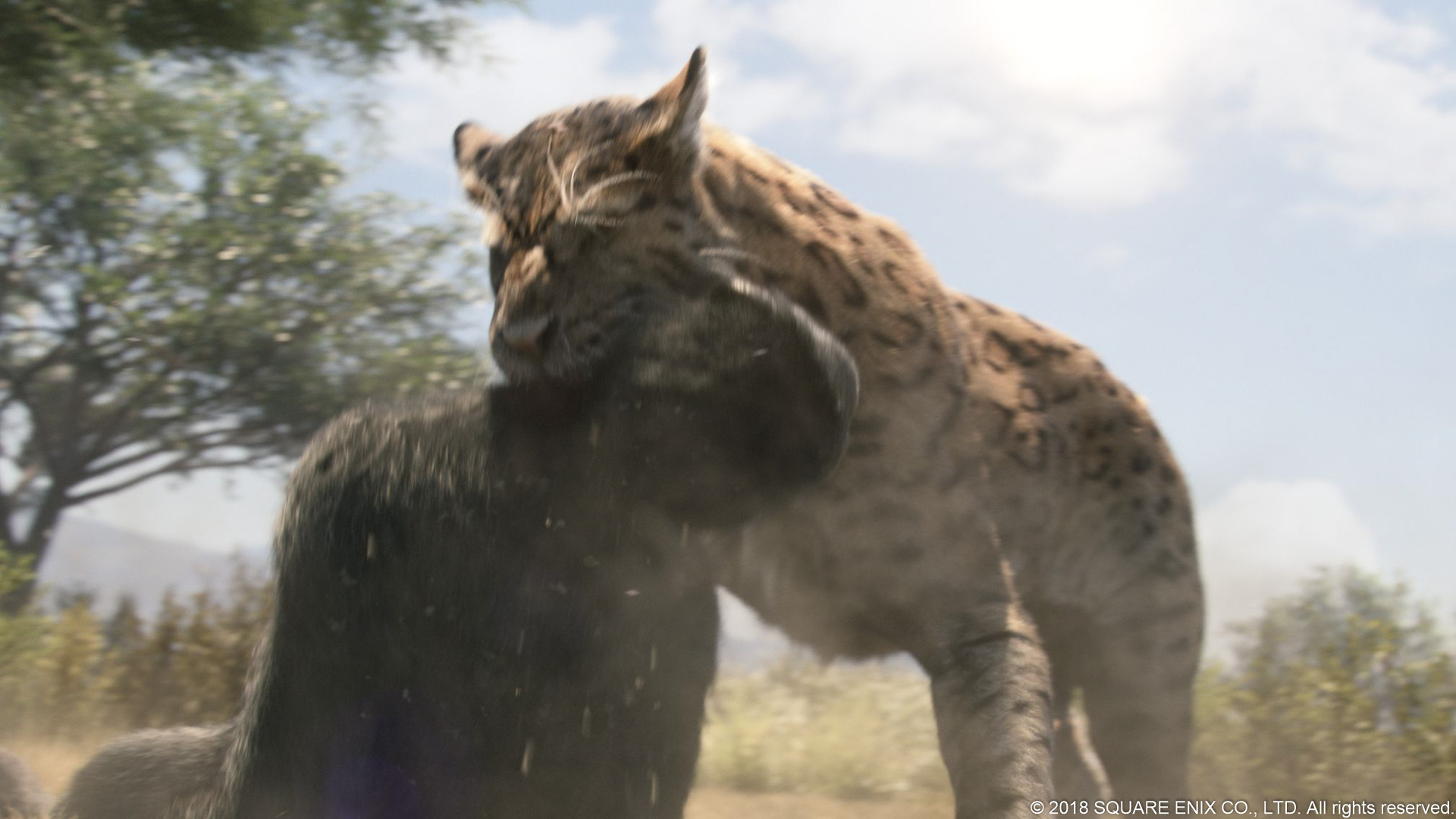
“Fast forward 1.5 million years and the species are less afraid, and palpably more evolved. They’ve discovered the use of sharp objects to make weapons and break open bones. The animation shifts as they more aggressively break apart skeletons, discover new sources of food, and protect it from attacking hyenas.”
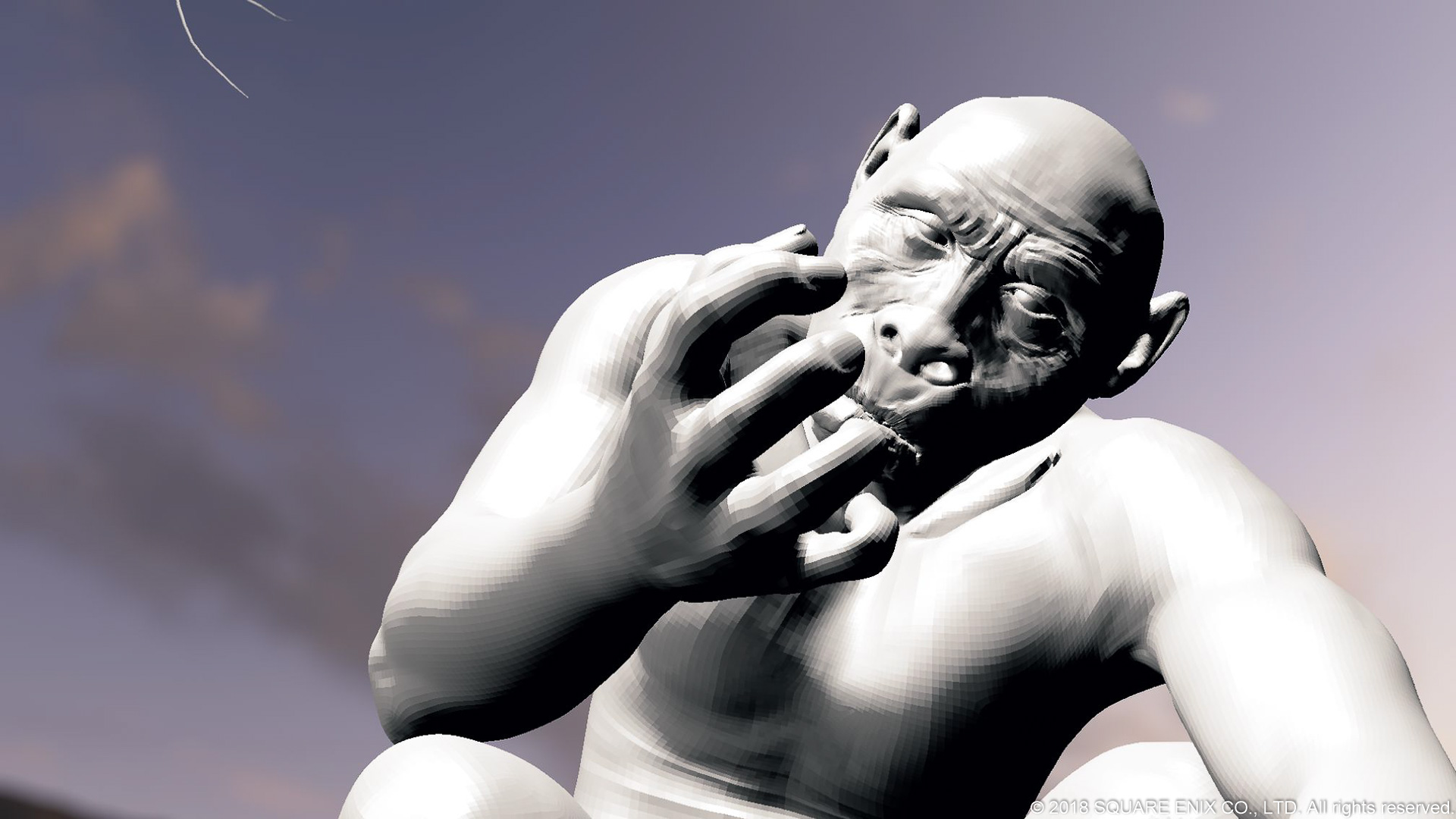
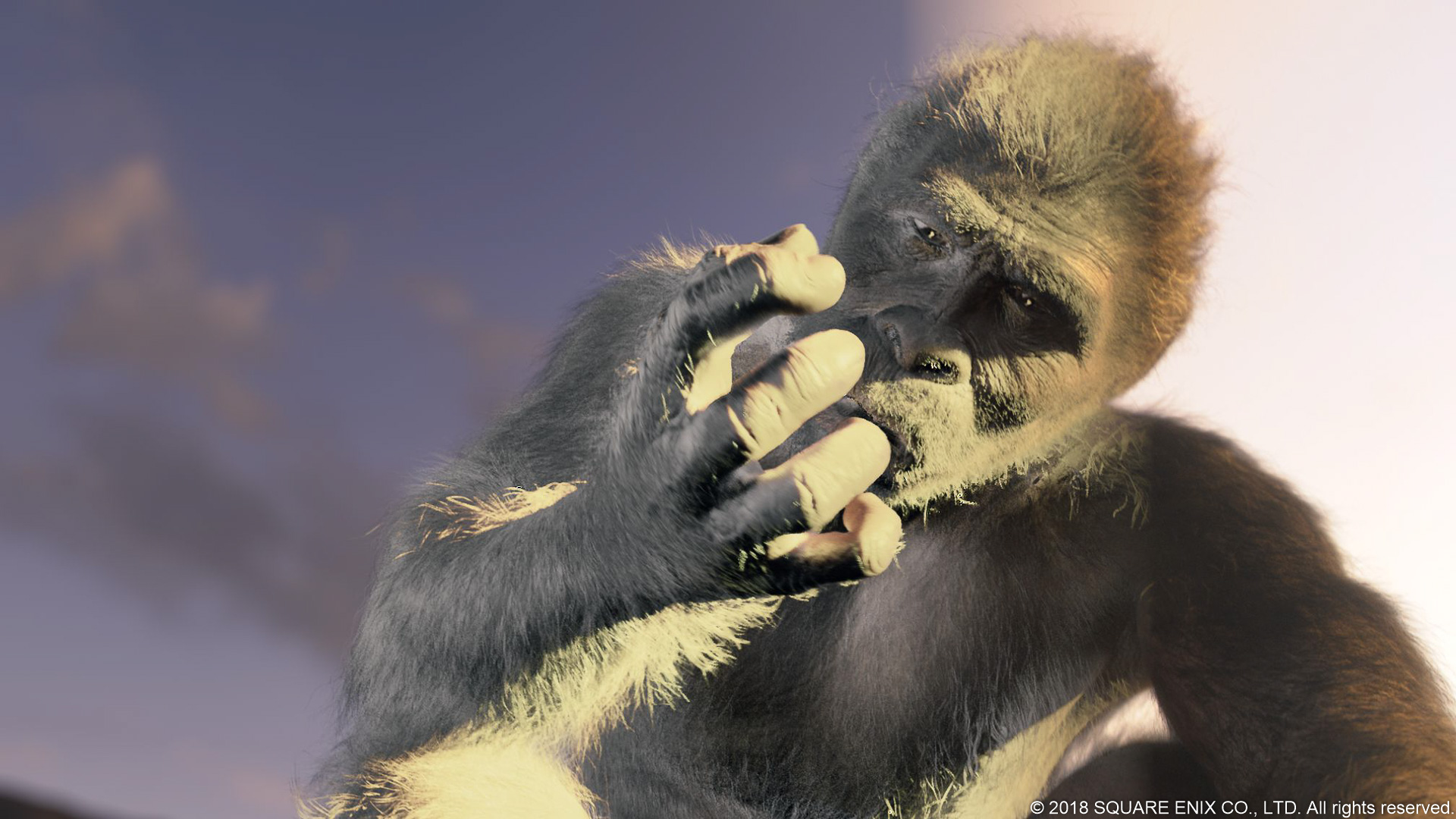
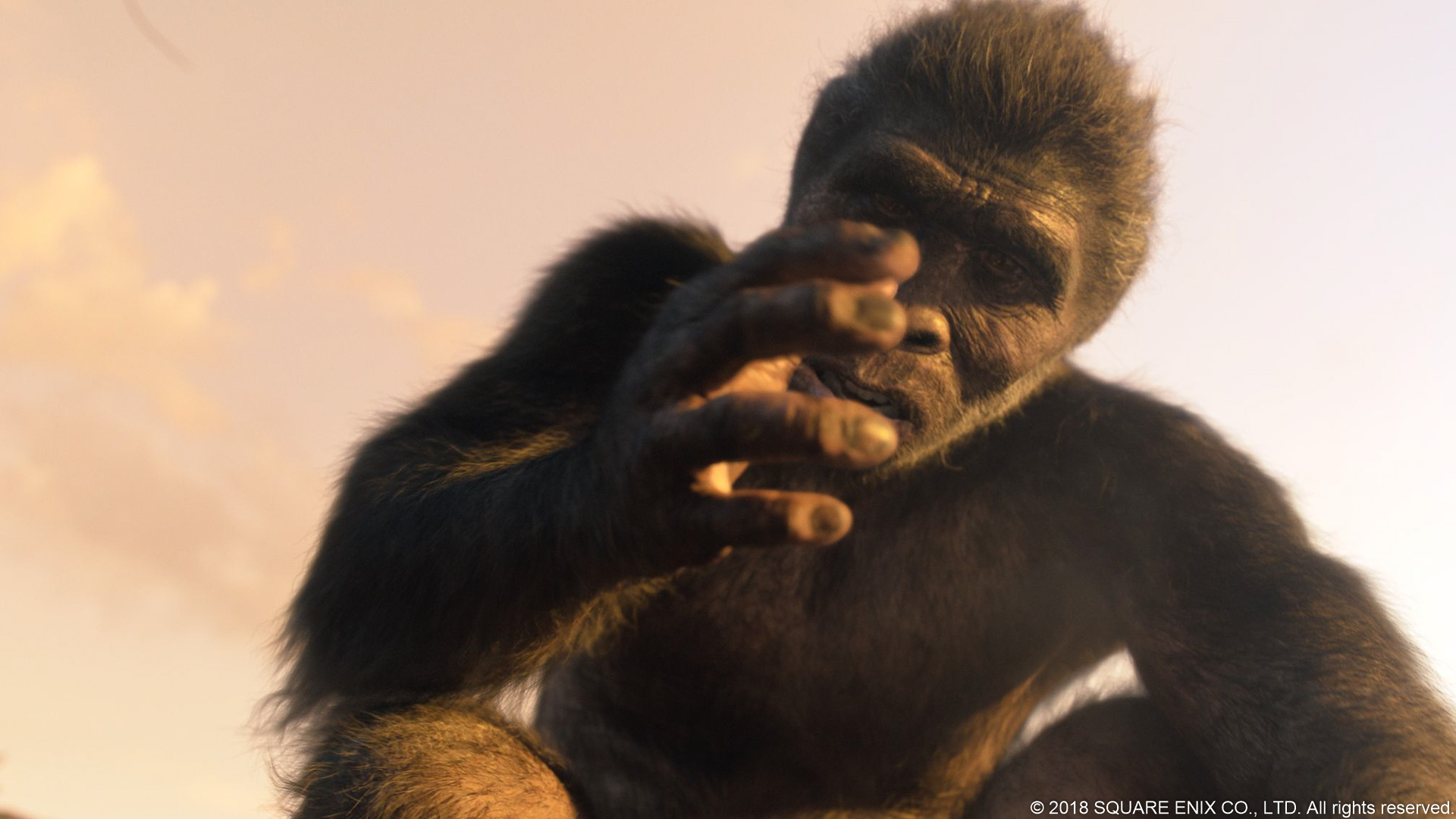
Image Engine leveraged various software and hardware to streamline the animation process. This included a proprietary rigging system that has been developed over several years at the studio, and has previously been used on such projects as Logan to breathe life into highly realistic digi-doubles.
“We’ve been constantly improving this rigging system, with multiple experts refining and evolving it over the years,” says Shimizu. “It’s incredibly intricate and can drive truly emotive performances in digital characters, so it was perfectly suited to Out of the Cradle. Using this system as a foundation, we animated incredibly detailed expressions and subtle shades of emotion on the primordial apes. These are animalistic characters, but there’s a trace of today’s humans in the thought processes that read across their faces.”
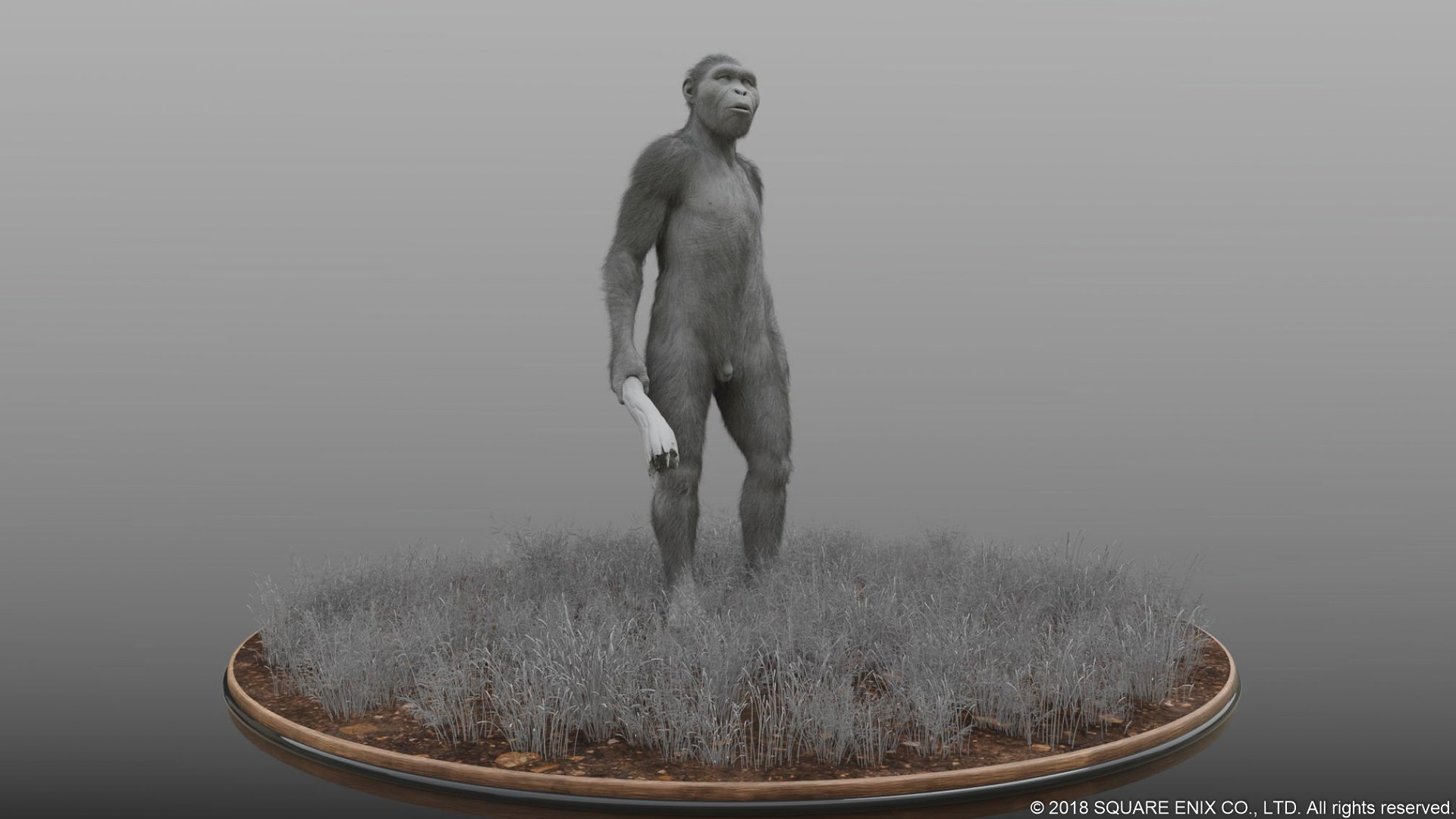
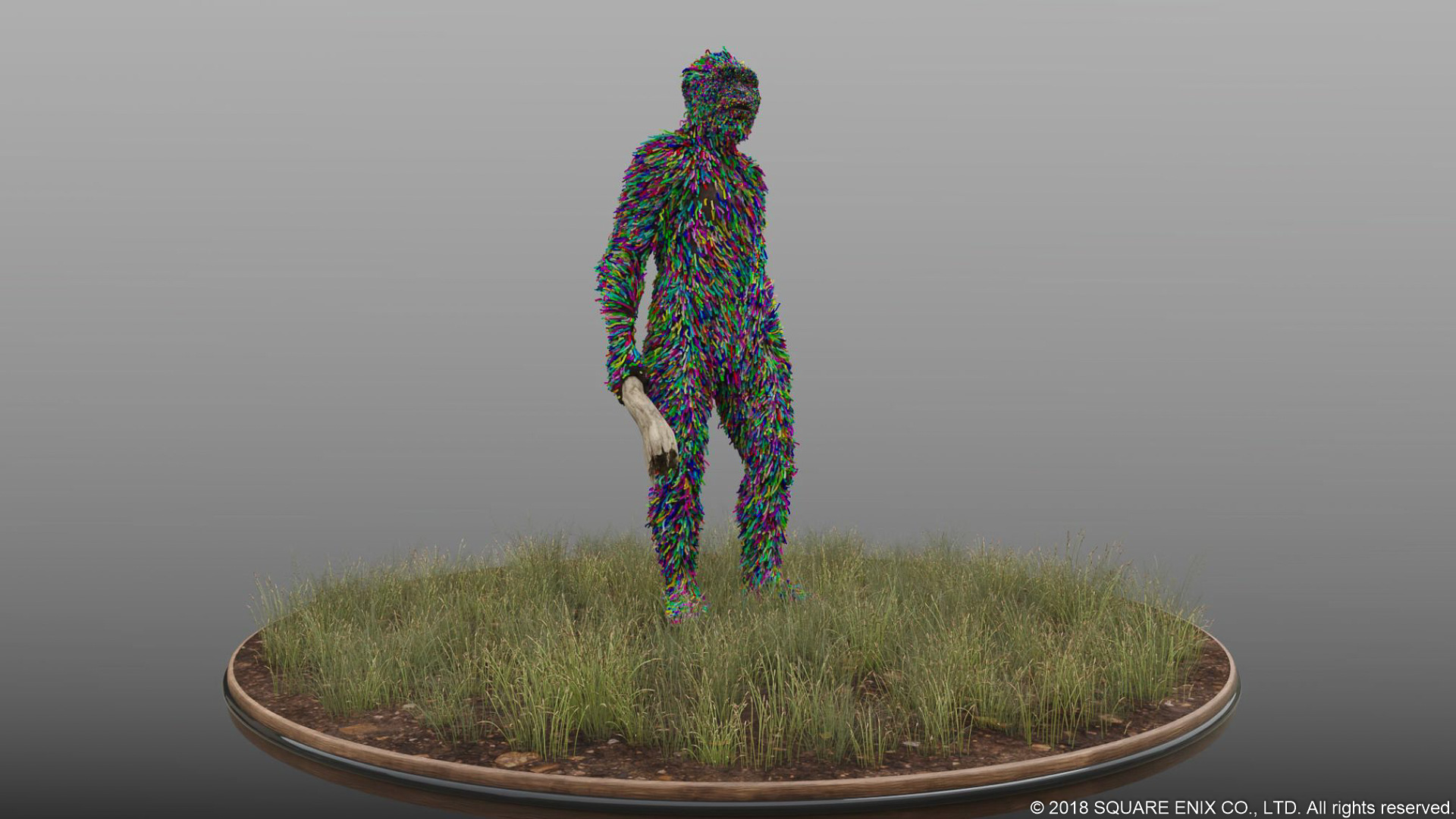
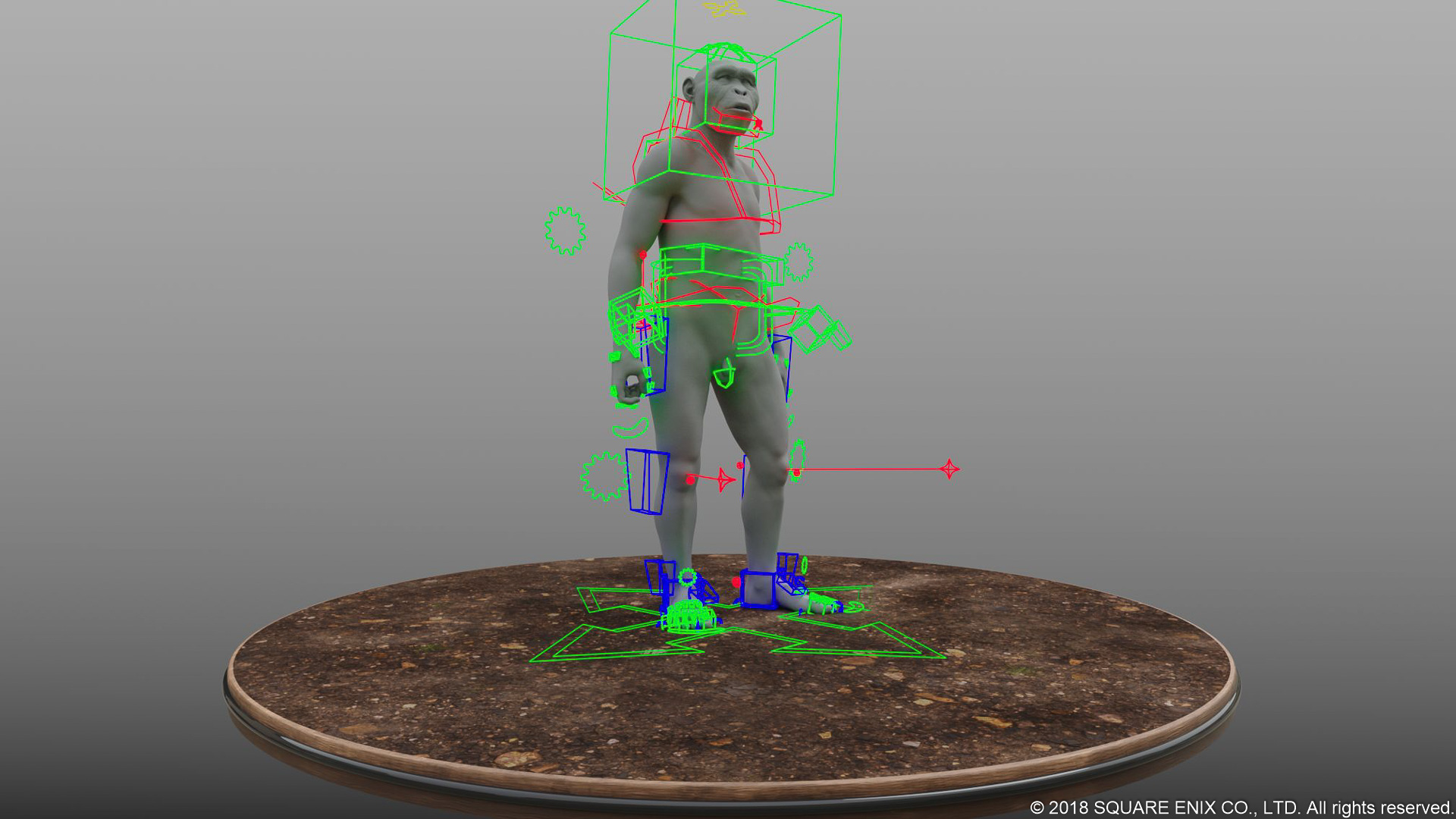

”We were also one of the first projects to integrate Jabuka, our asset management system, into Gaffer. This had never been done before,” adds Mesana. “It allowed us to push changes from the Master copy out to the rest of the sequence, which was hugely efficient.”
Motion capture technology also played a part in bringing these animations to life. Indeed, the creative team themselves donned tracking technology to portray the primates. “I must admit that it is a strange experience to be in a room with a group of people making ape noises and jumping around!” laughs Shimizu. “I was a terrible actor, but it was an incredible experience to see the project from such a different viewpoint. Not to mention seeing my actions translated onto that of a CG ape!”
Accuracy = detail
Scientific accuracy and CG photorealism go hand in hand. Image Engine’s lookdev team spent a great deal of time diving down into the granular detail of our animated ancestors. They added details to ensure the characters felt alive, and could tell the audience something about our origins.
“There was a lot of back and forth in detailing,” says Mesana. “Going off of the research, we knew that these apes needed to look a certain way. We needed to go more than skin deep, though. We needed to reflect scientific accuracy in both wide shots and close-up shots of hands, faces and skin.”

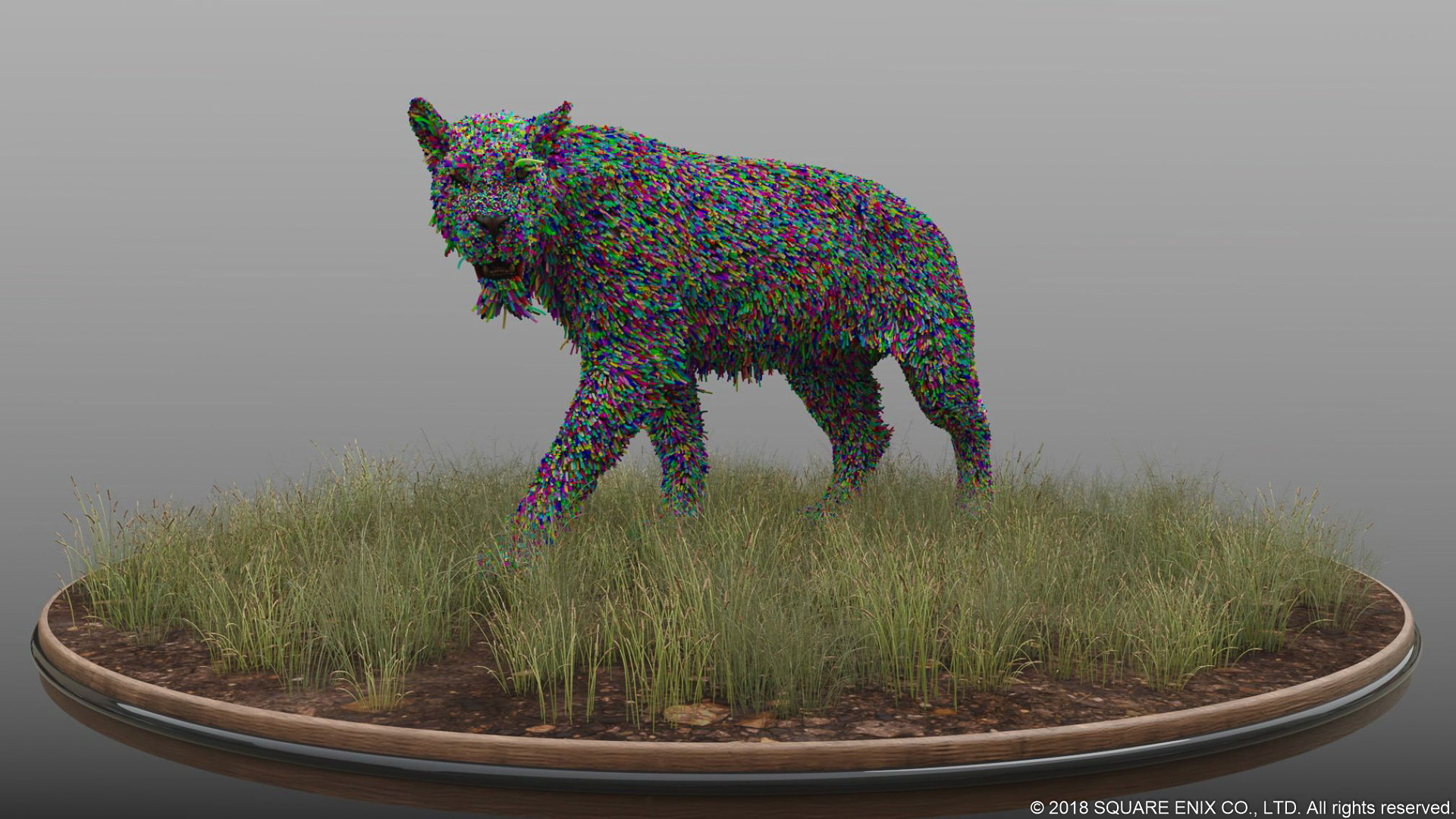
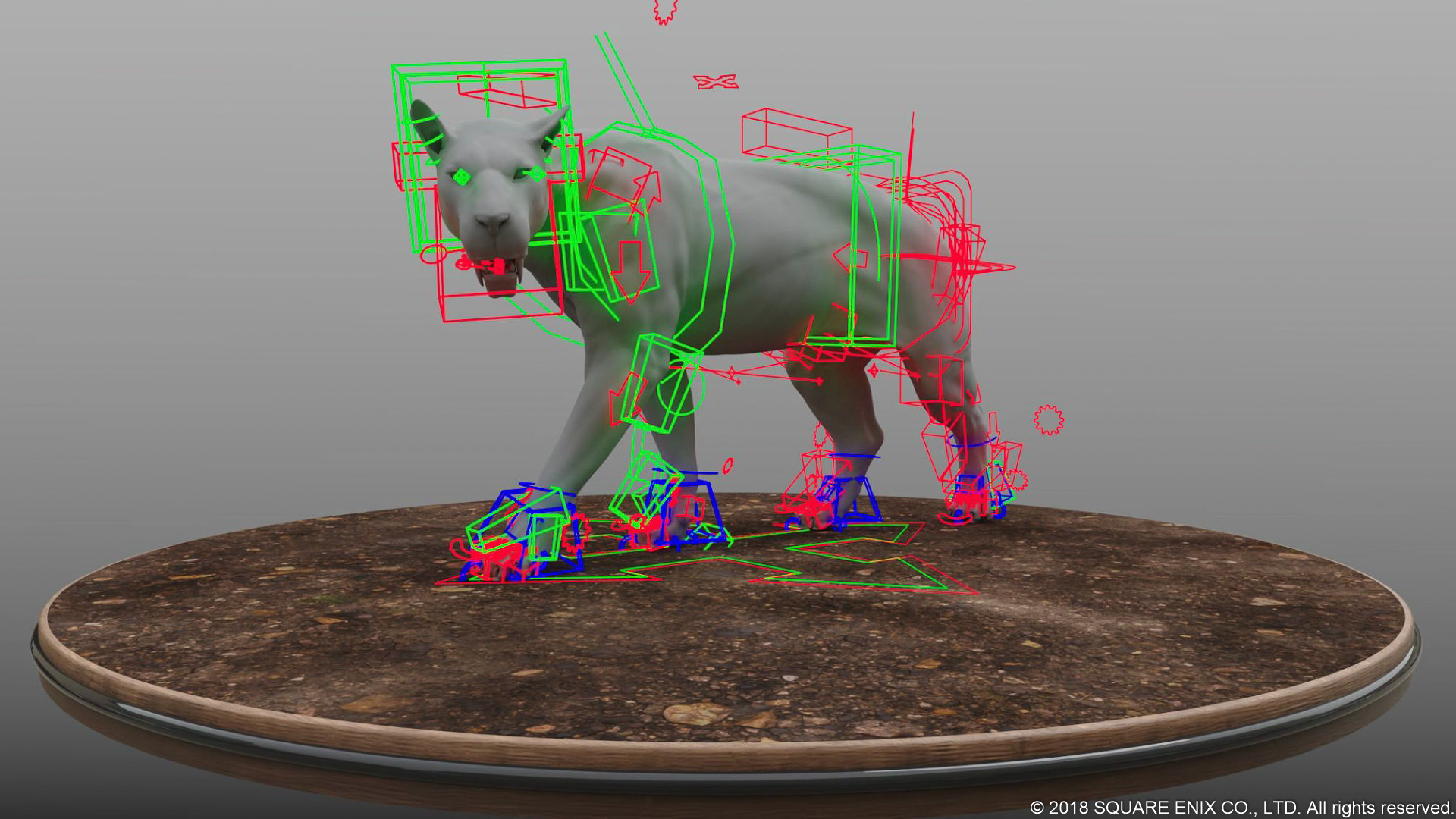

For instance, the animation team poured a huge amount of effort into the most subtle of movements. “Animations for skin reacting to being held, stretched and bunched into wrinkles were tested thoroughly,” continues Mesana. “Rarely have we worked so much nuanced detail into the animation of furry characters.”
Along with ZBrush, Mari and Maya, Image Engine again relied on its open-source Gaffer toolset for lighting. Rendering was then completed in Arnold.
“Arnold was a great solution for Out of the Cradle, as the lighting was such a challenging proposition,” explains Shimizu. “The sequences take place in direct sunlight, which can give way to harsh shadows and washed-out assets. It could have been easy to over-expose the fur and facial expressions, but the lighting team did an amazing job. The apes feel completely integrated into this sun-bleached environment. They feel like they’re really there.”
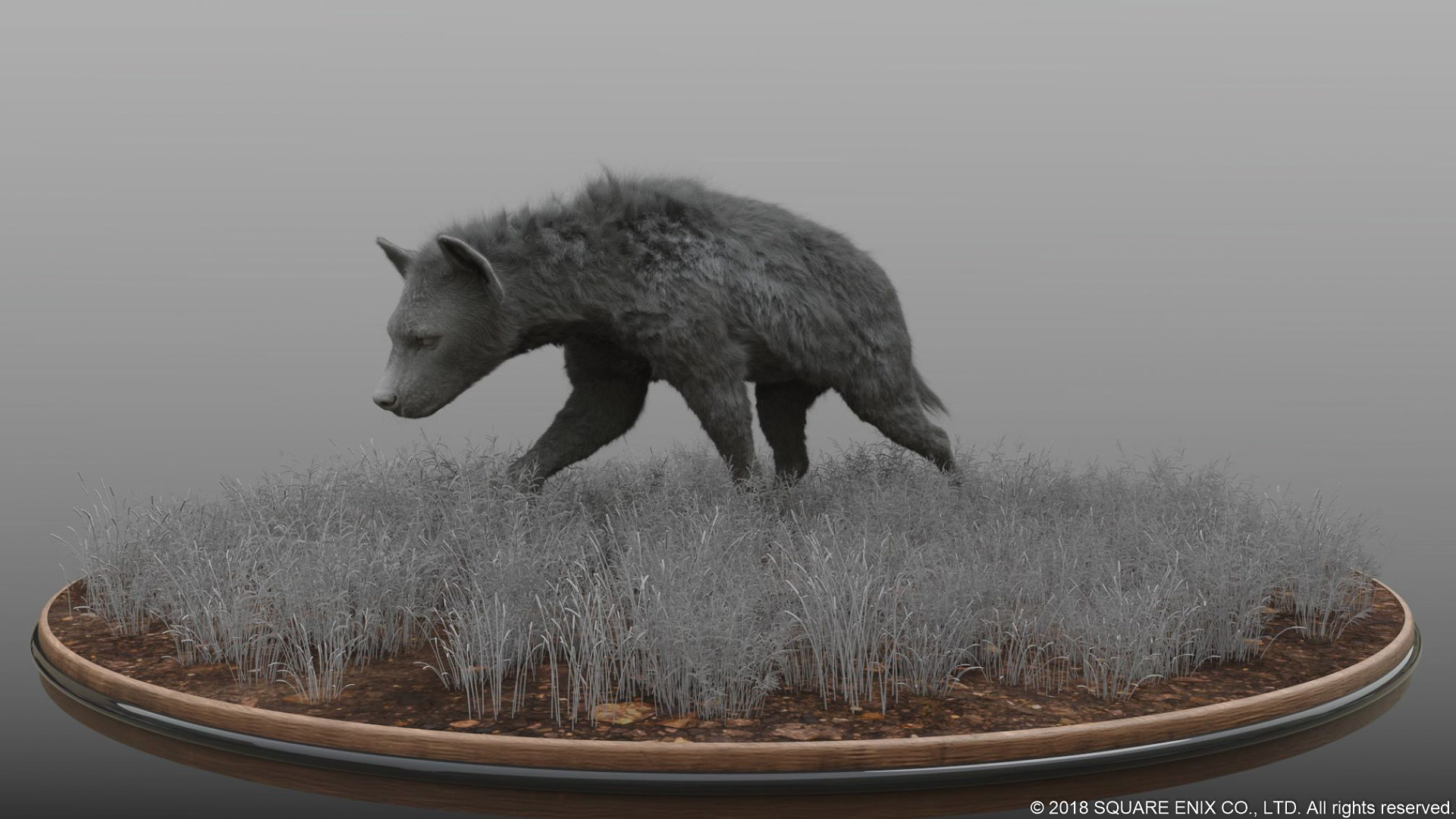
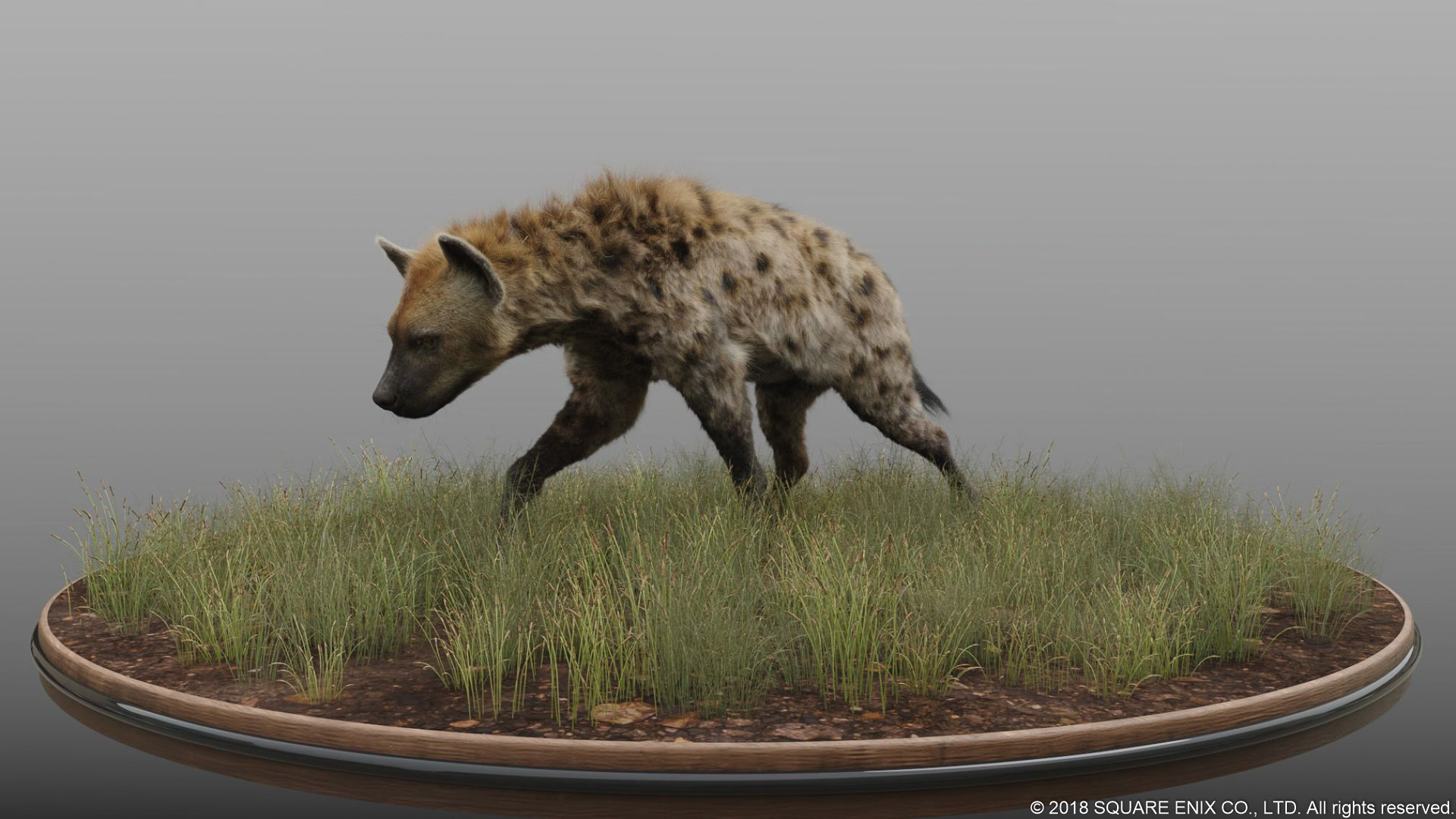
A square peg in a square hole
From start to end, work on Out of the Cradle lasted twelve months. This extended production time allowed the creative team to remain small, nimble and focused, as per Square Enix’s request.
Regardless of team size, Image Engine enjoyed a close and creative collaboration with Square Enix throughout the project, further establishing the relationship between the two.
“Having now worked on two fully CG projects together, we understand the capabilities of each company and how we can work together to produce great, lifelike work,” concludes Bravo. “We pushed creative boundaries, and all in a completely stress-free environment. Thanks to this, we were able to travel to the very start of time and create something of which we are very proud.”


